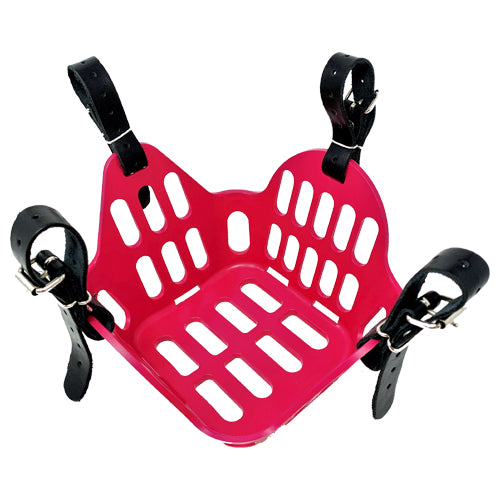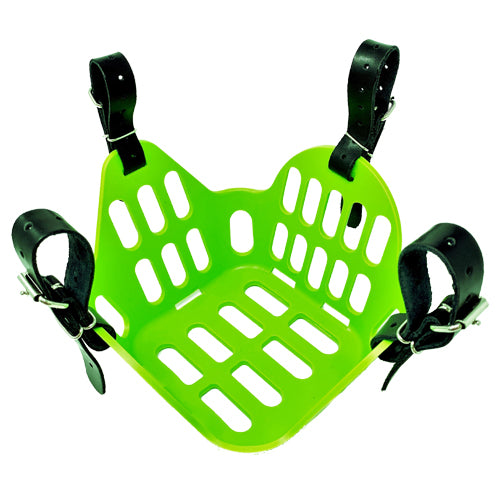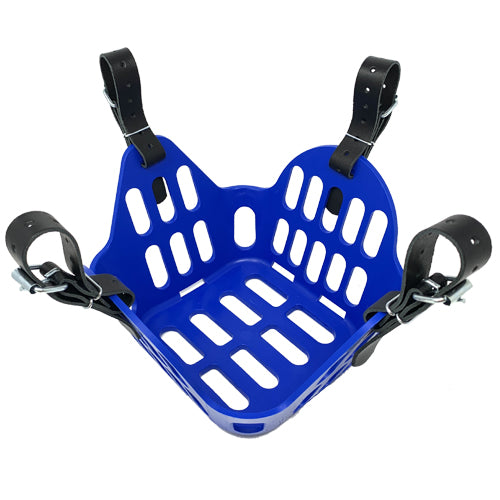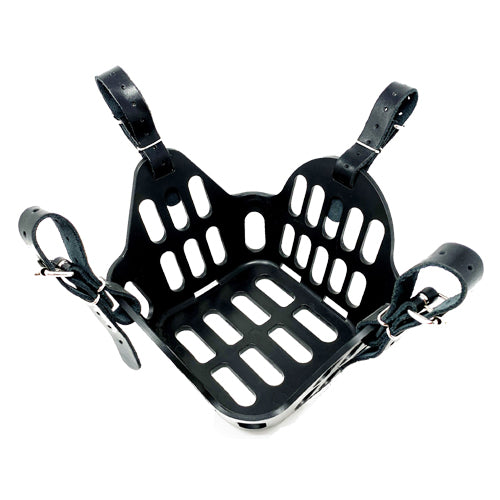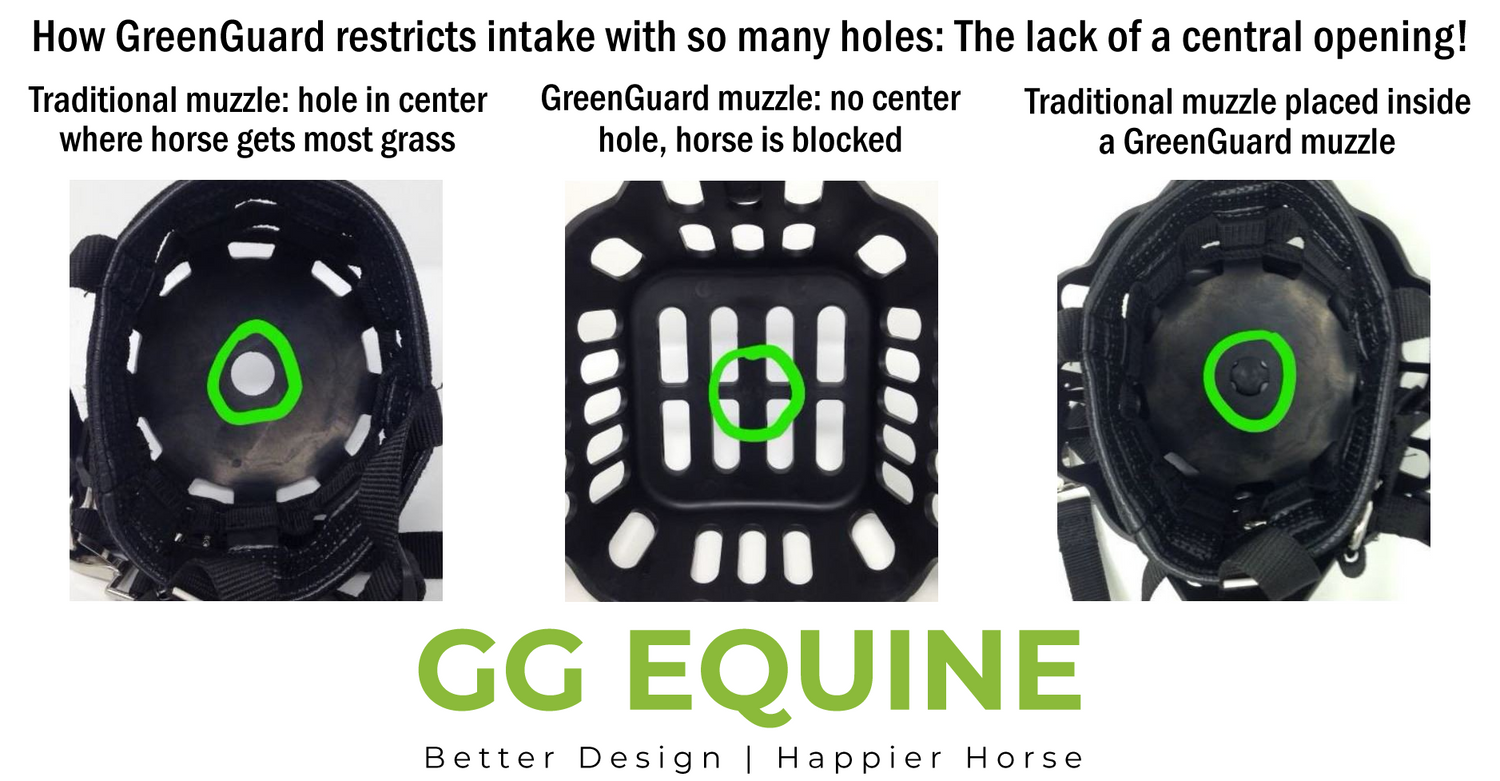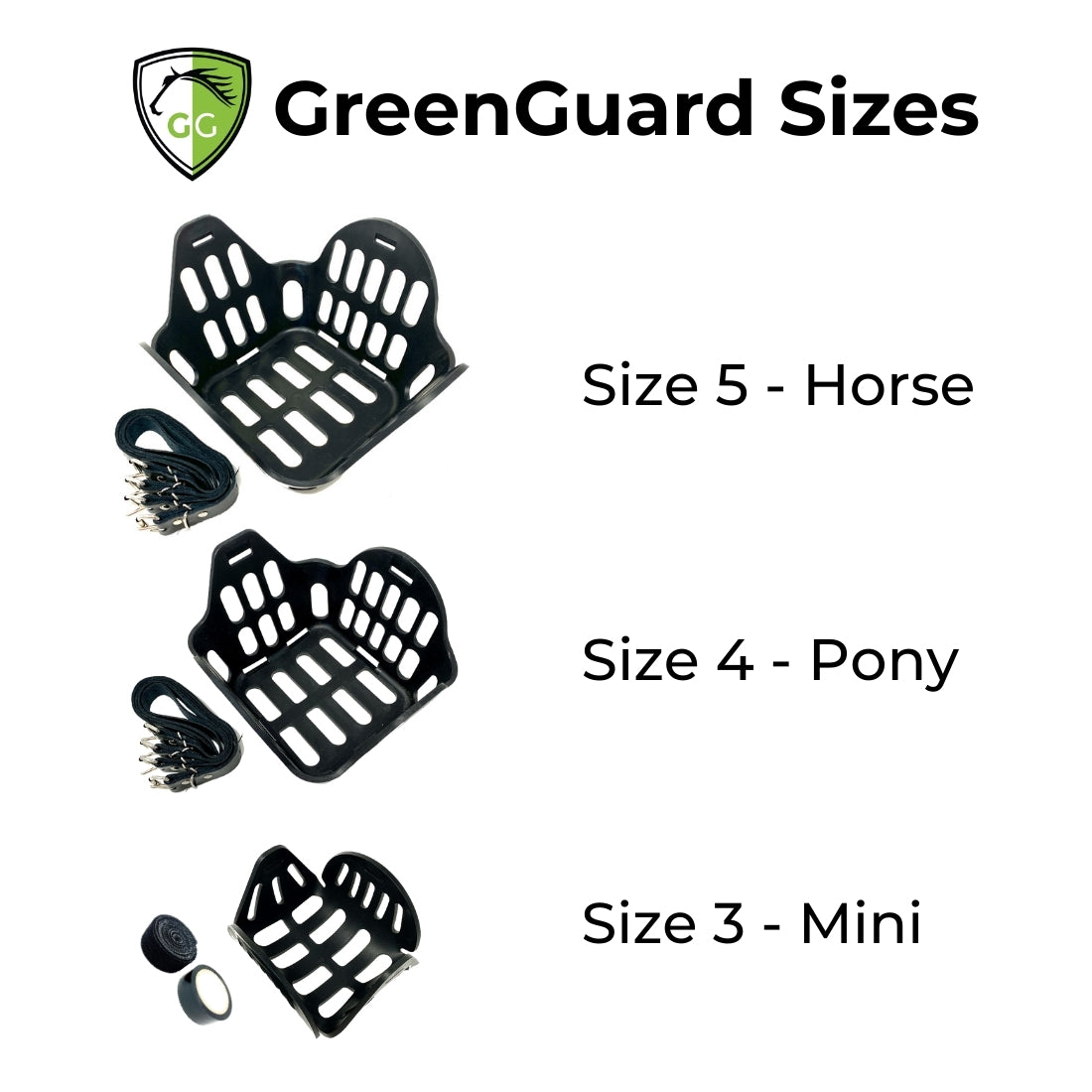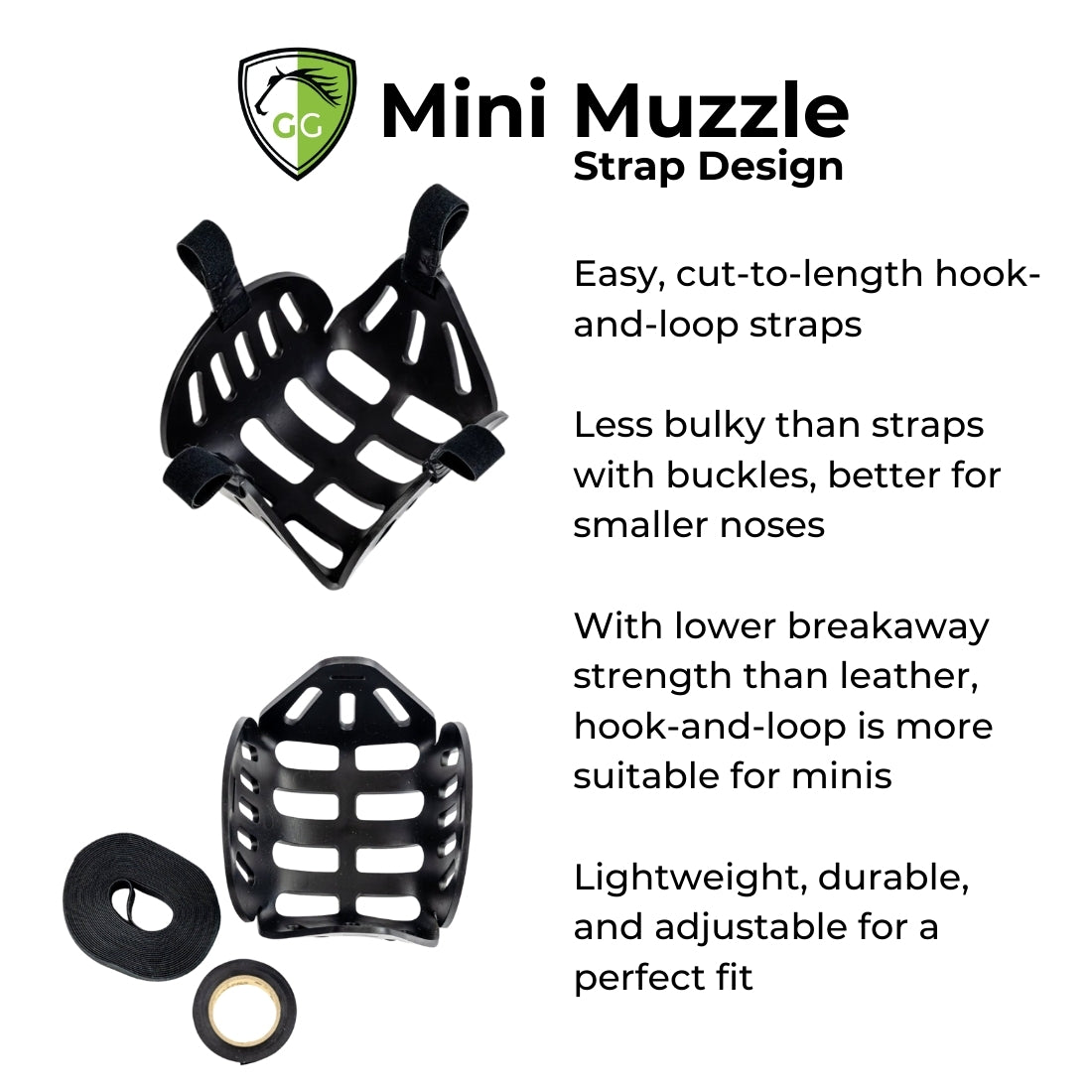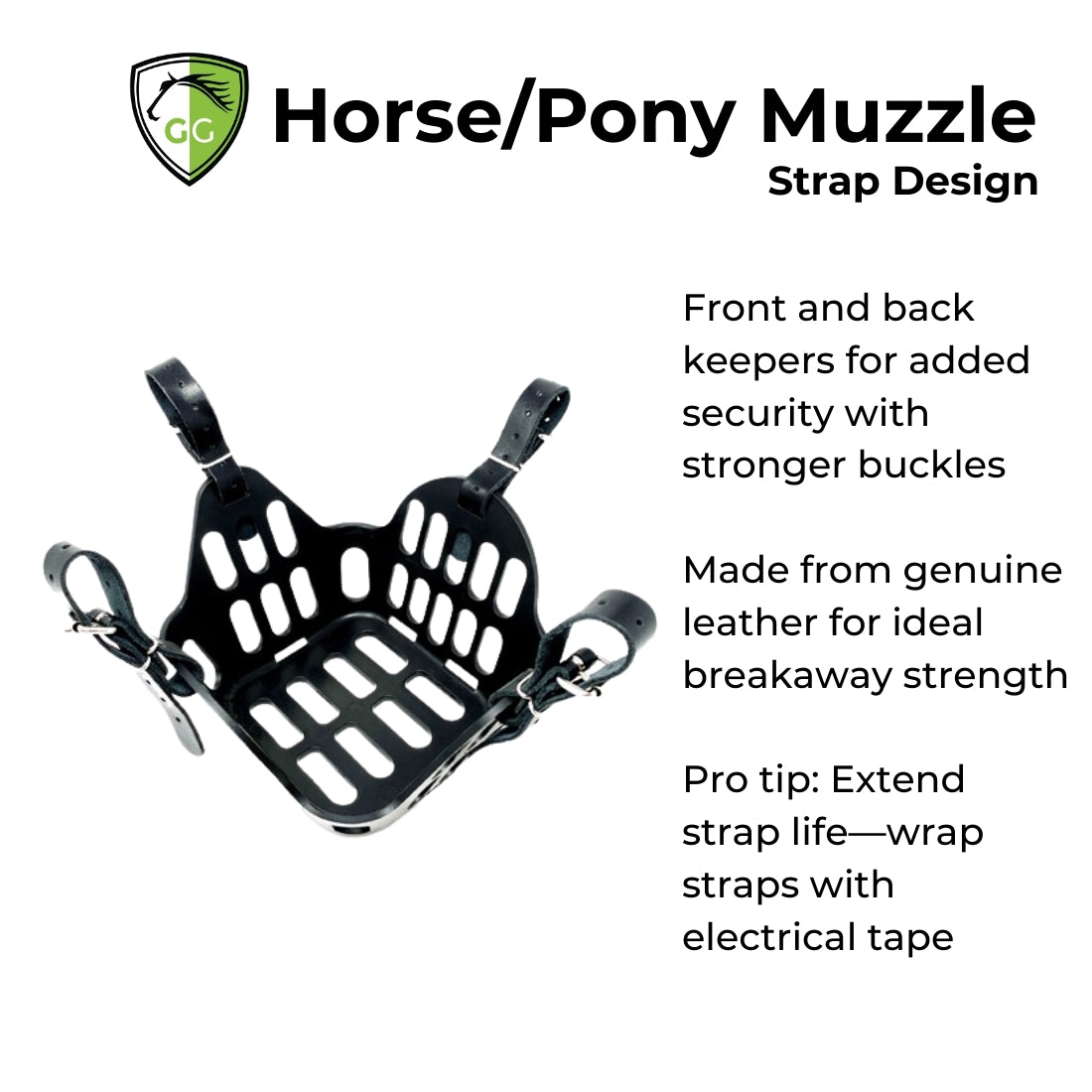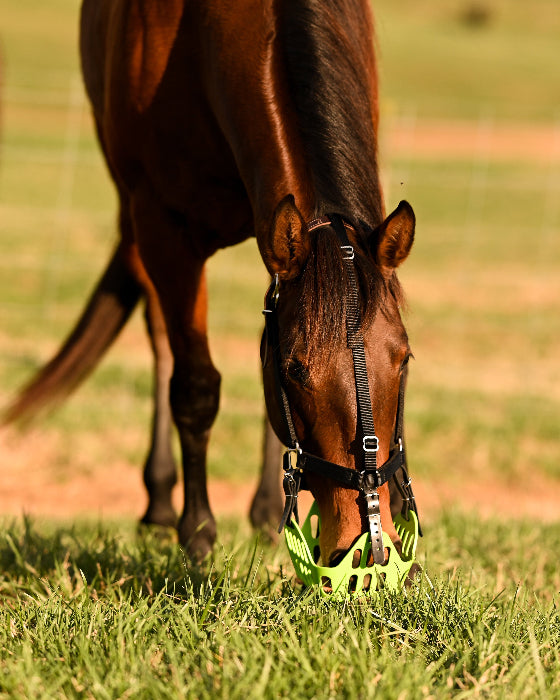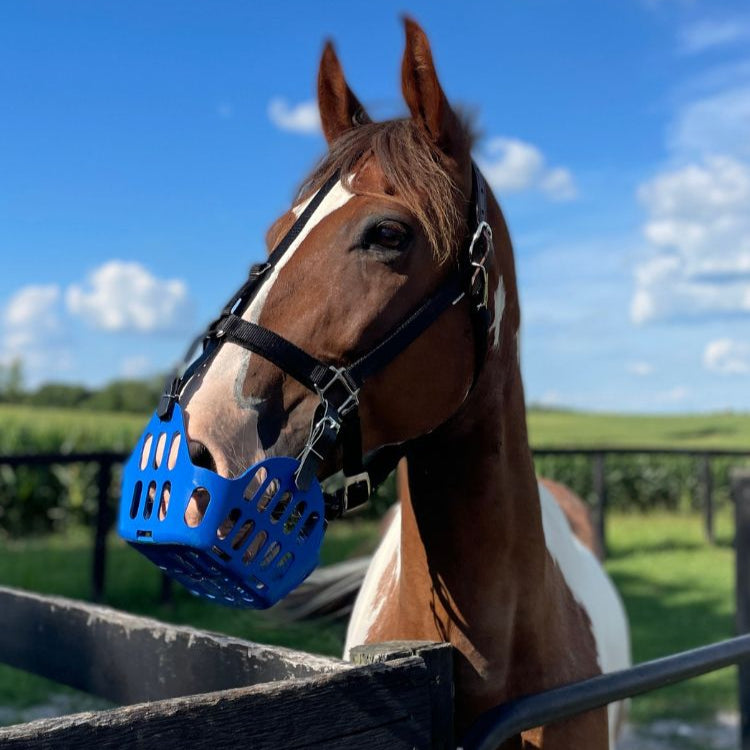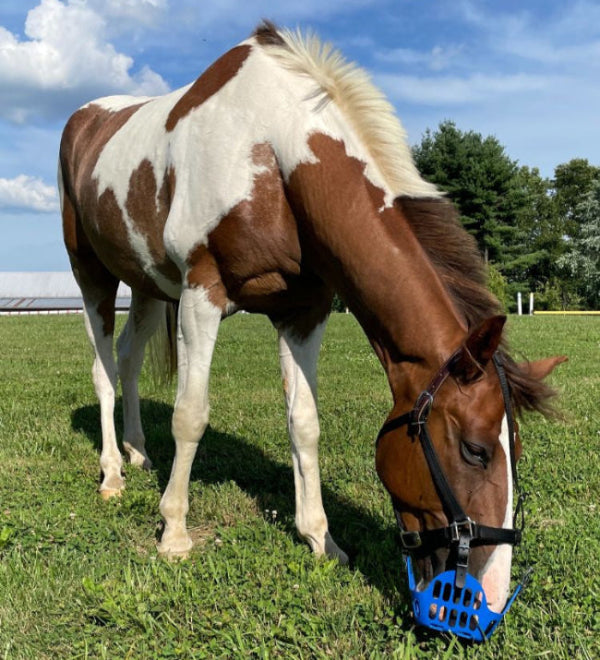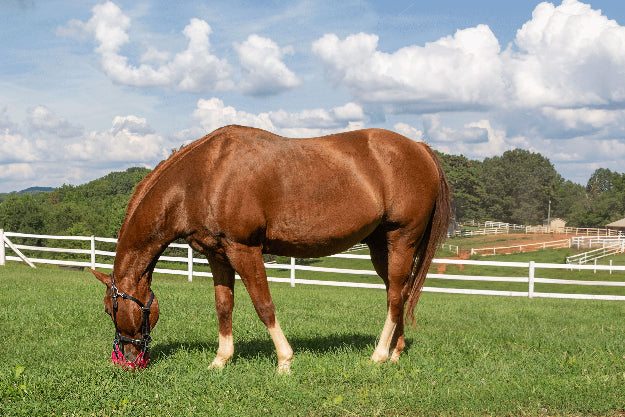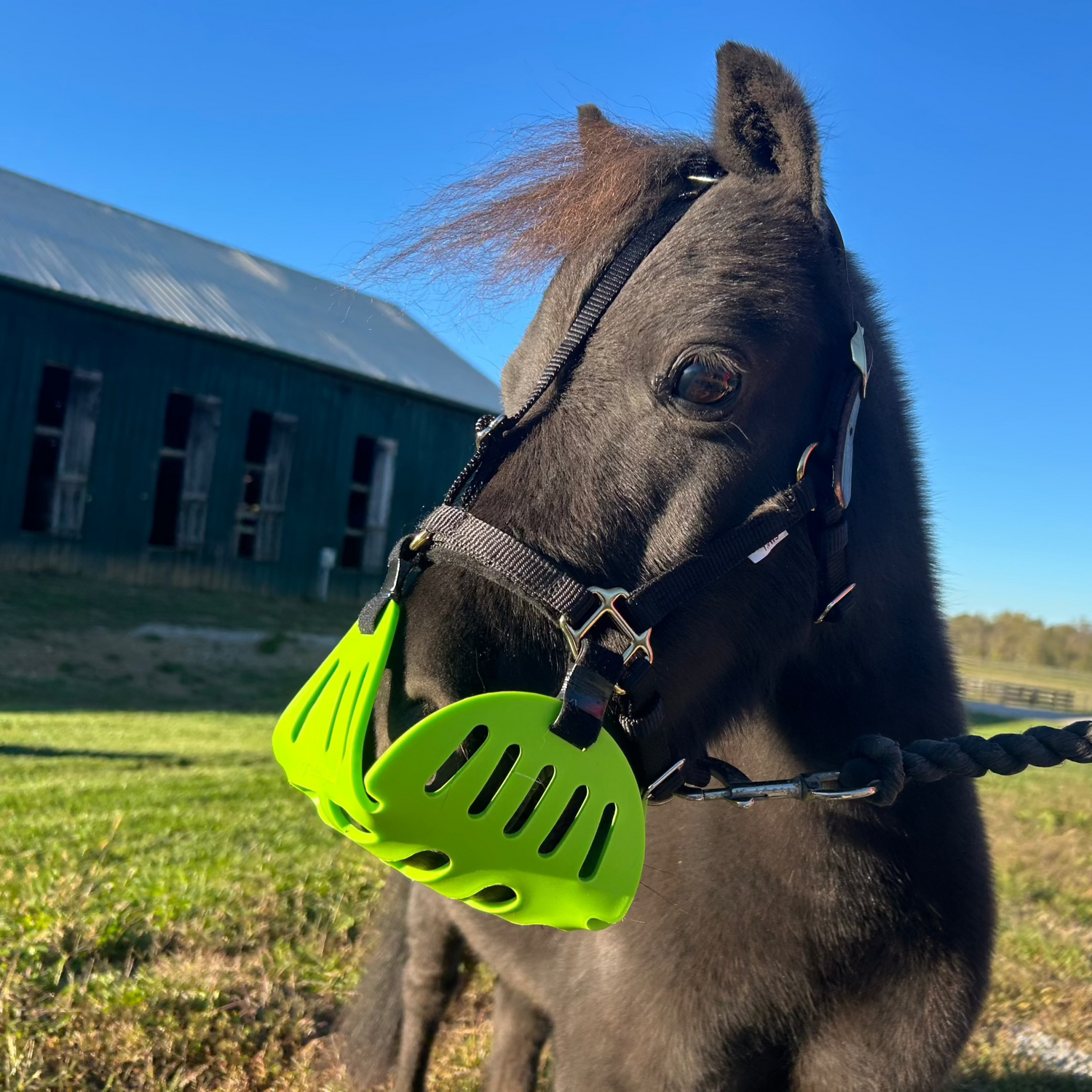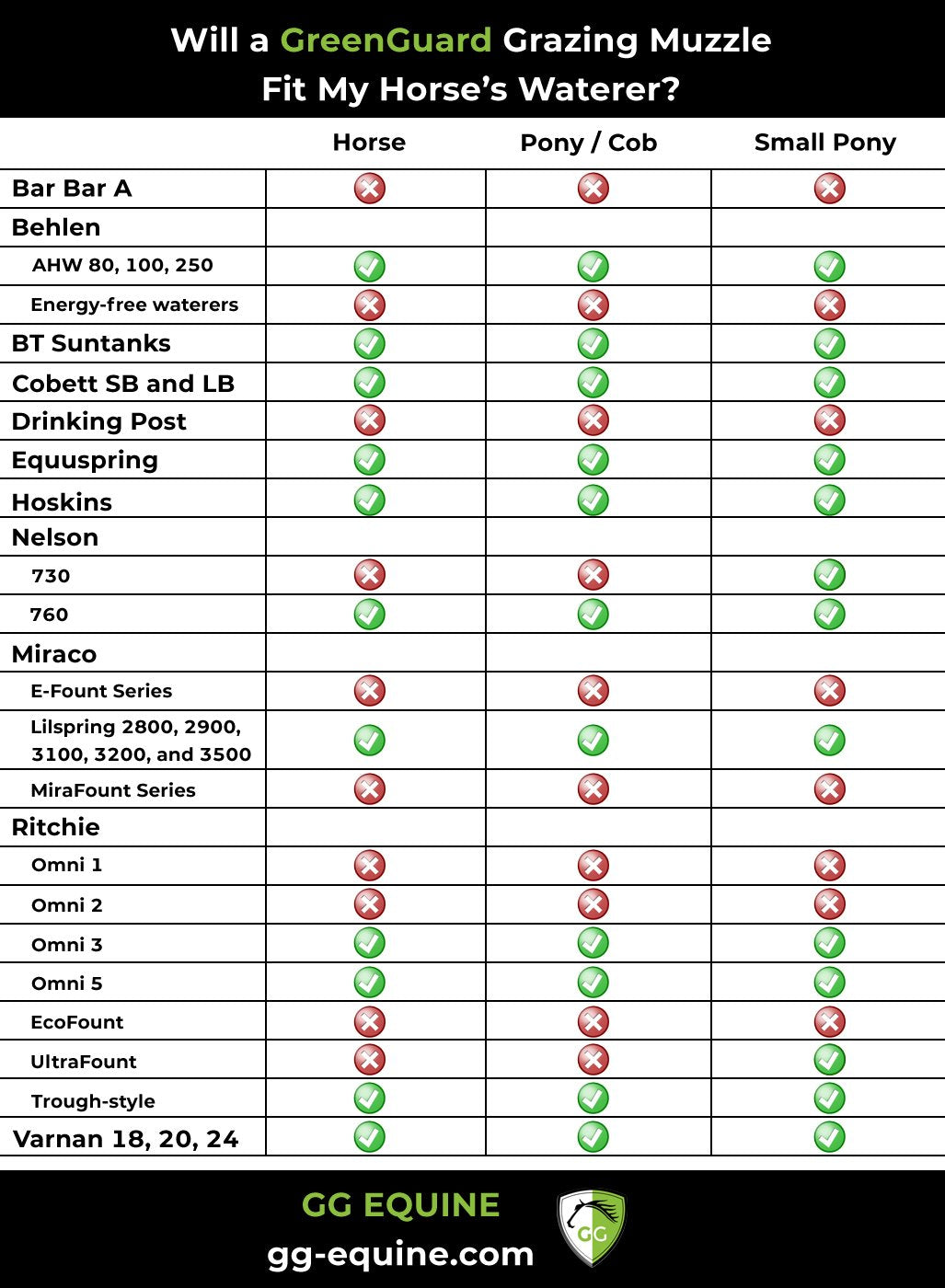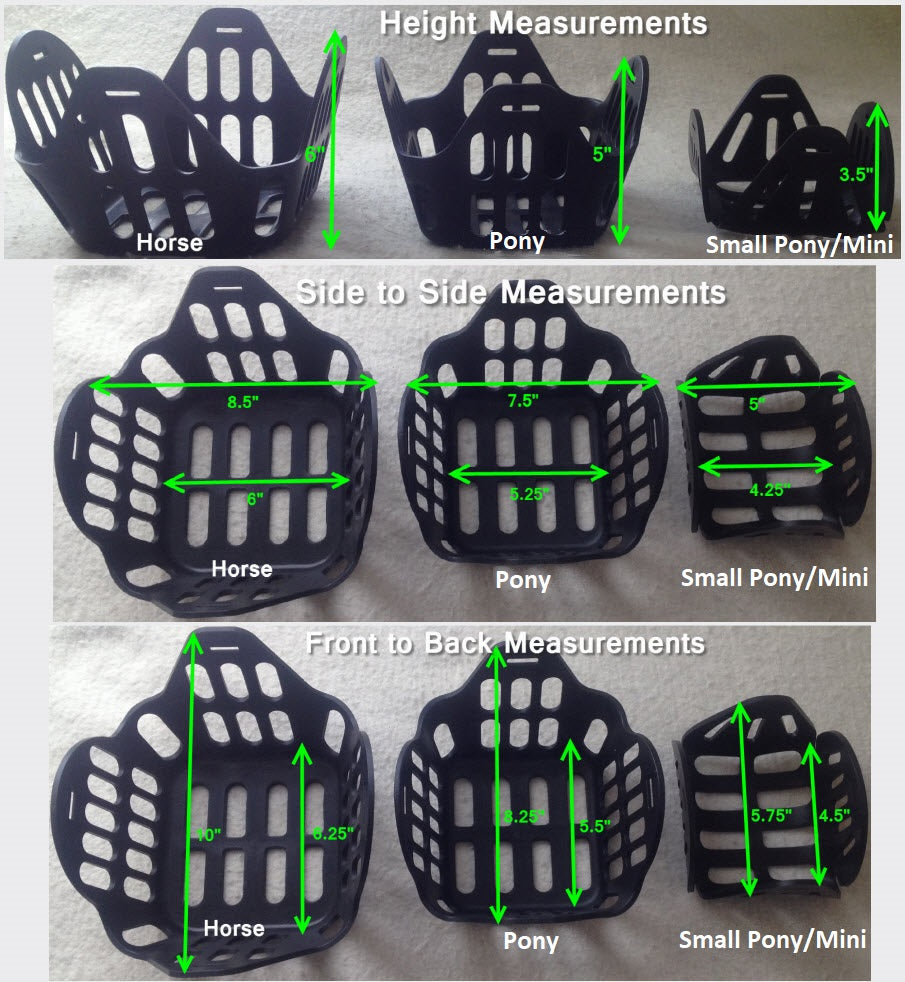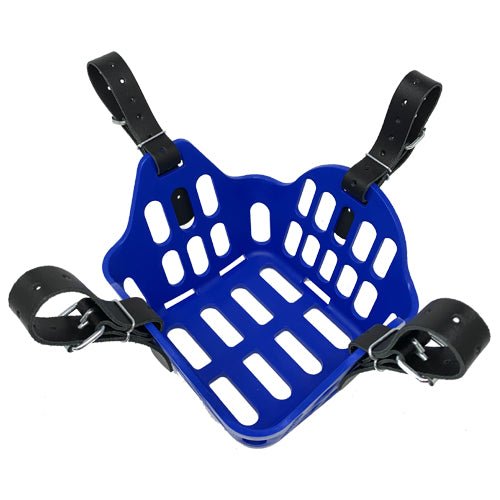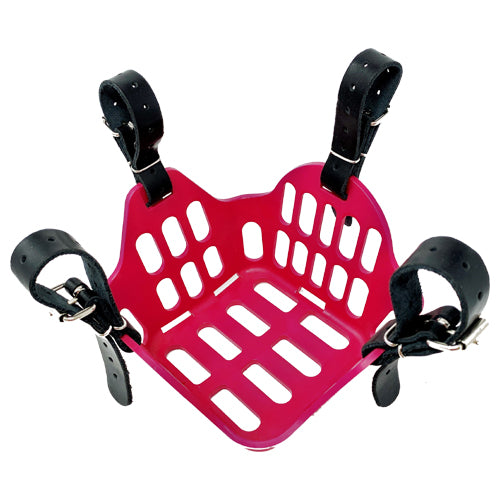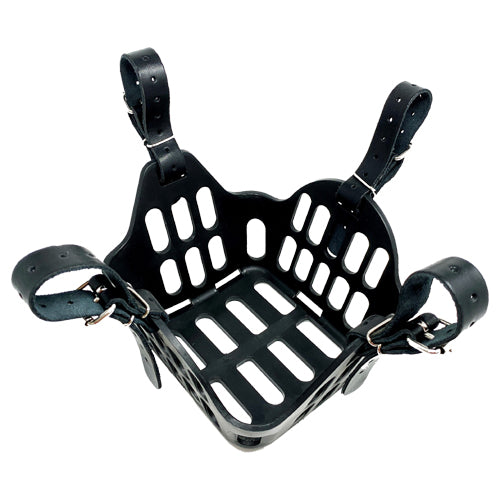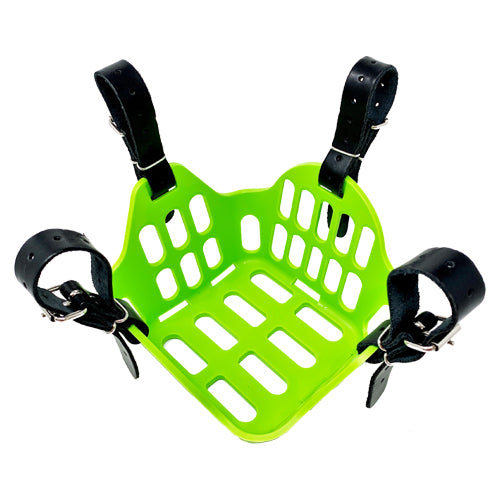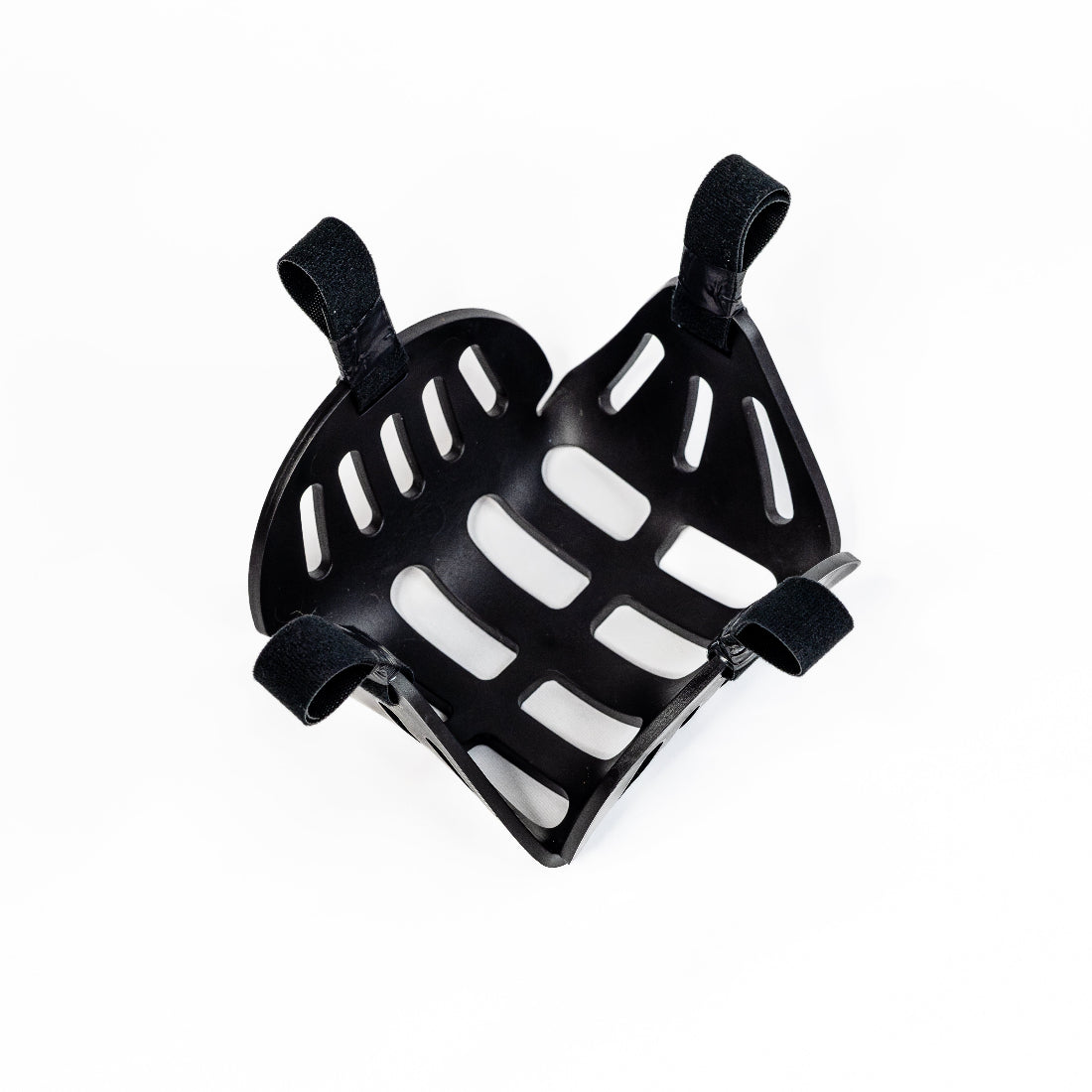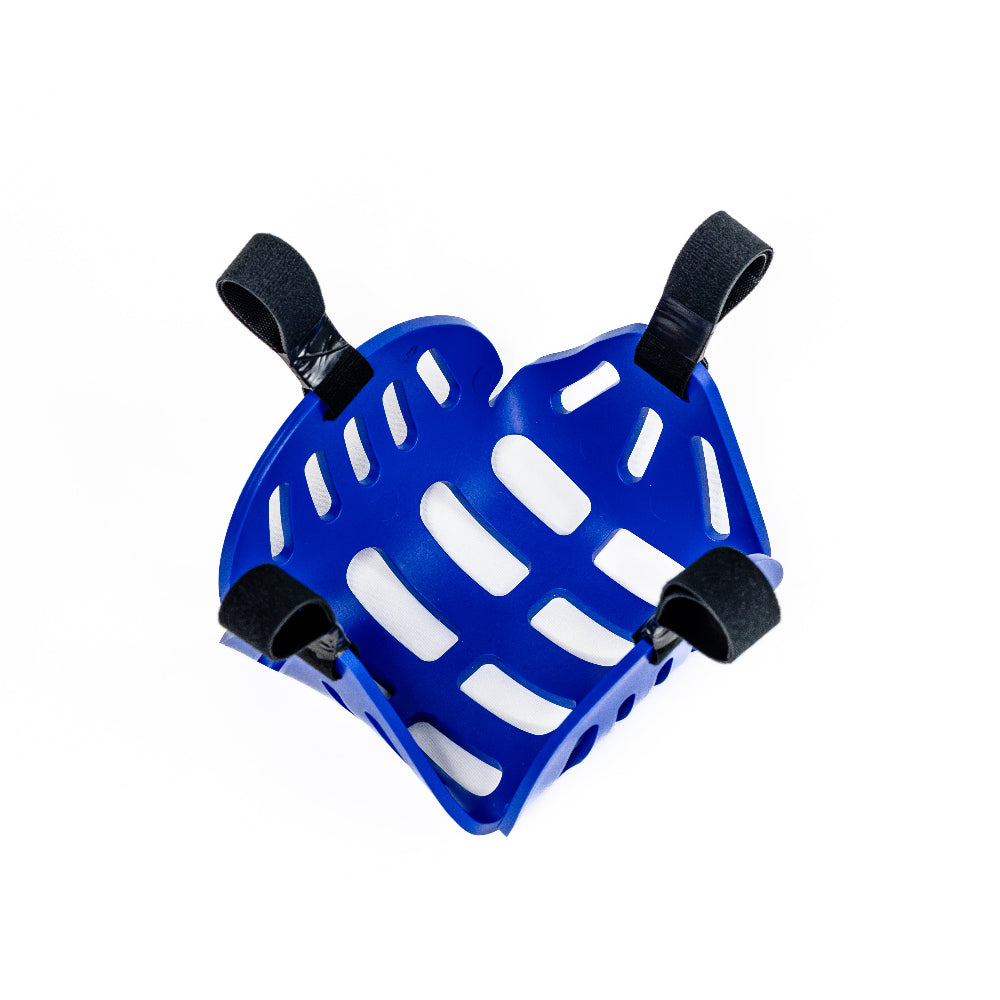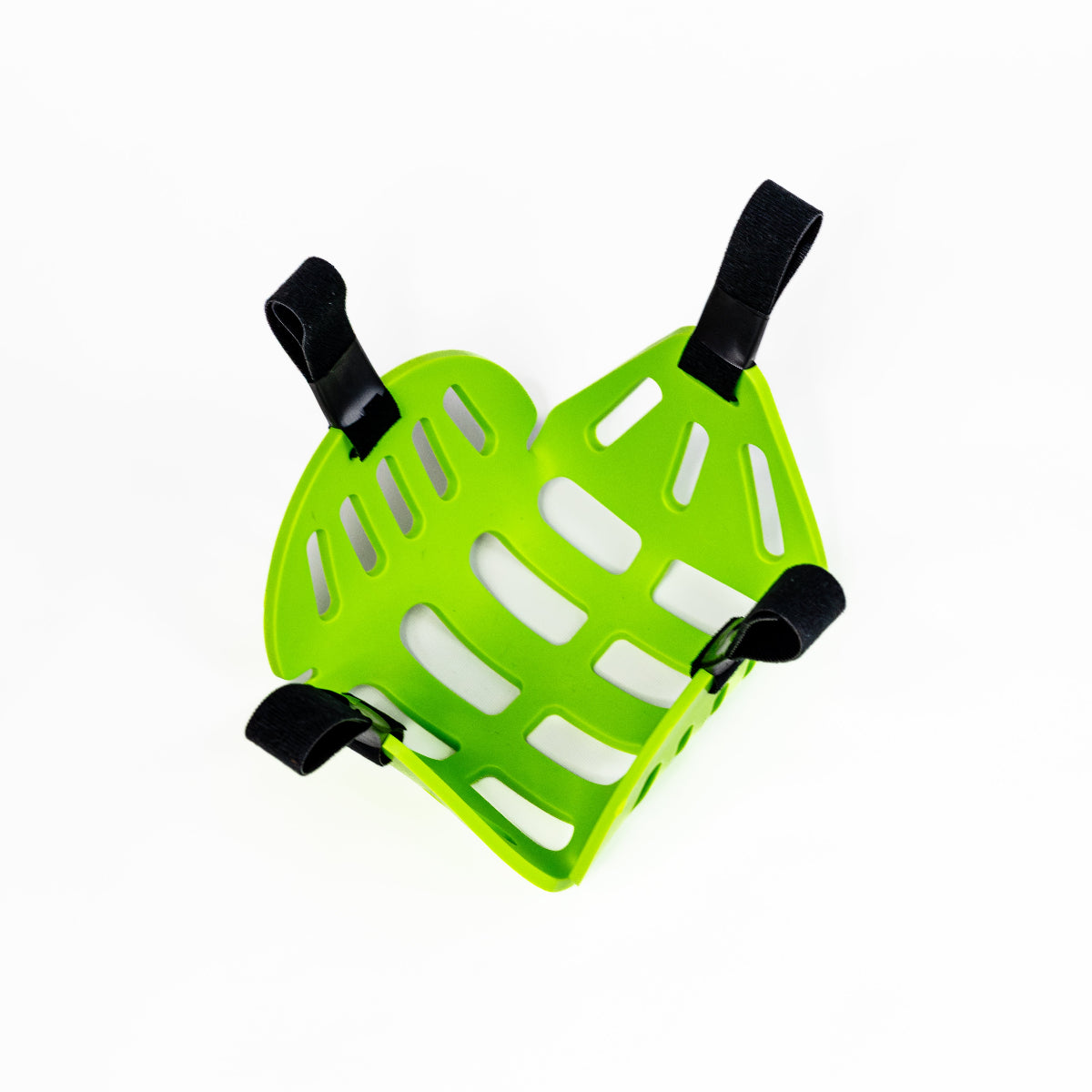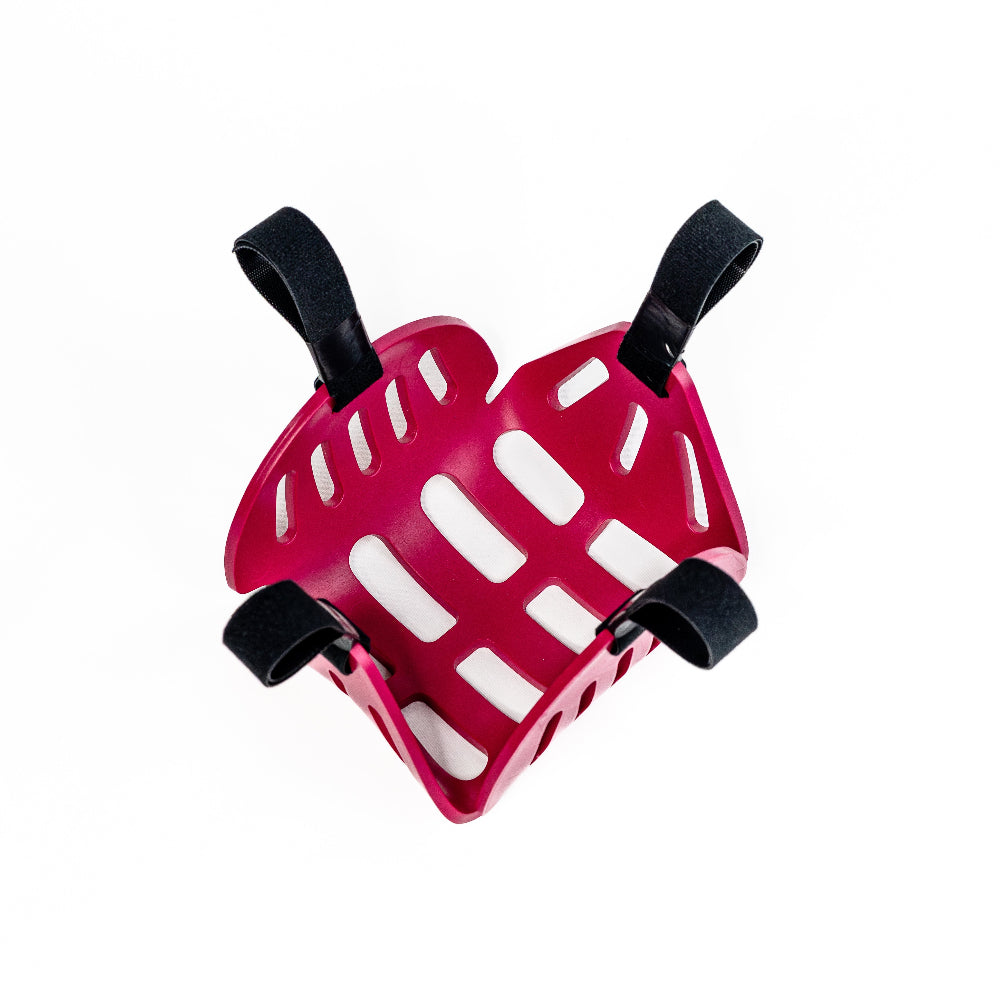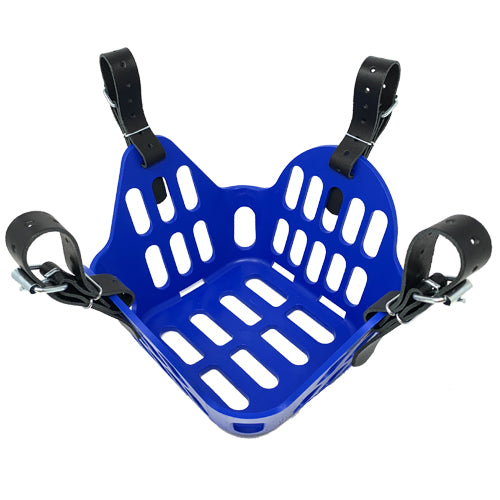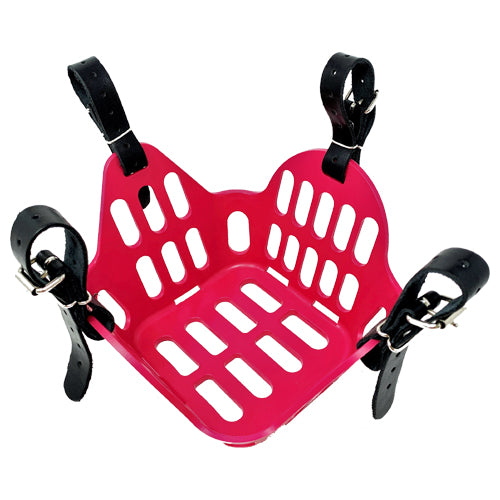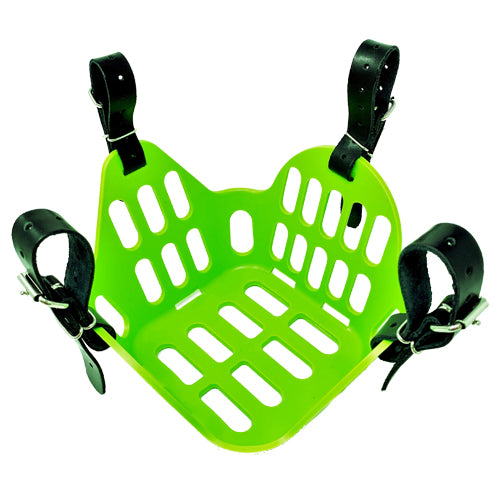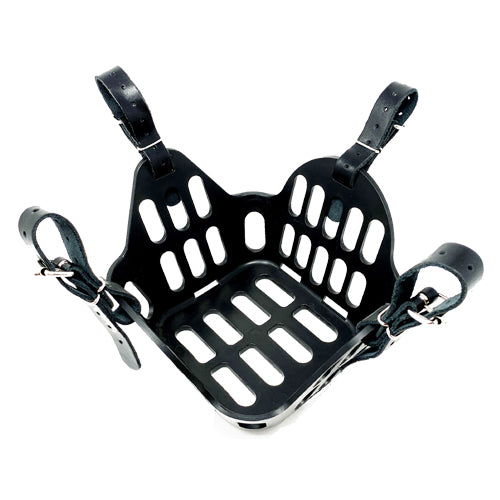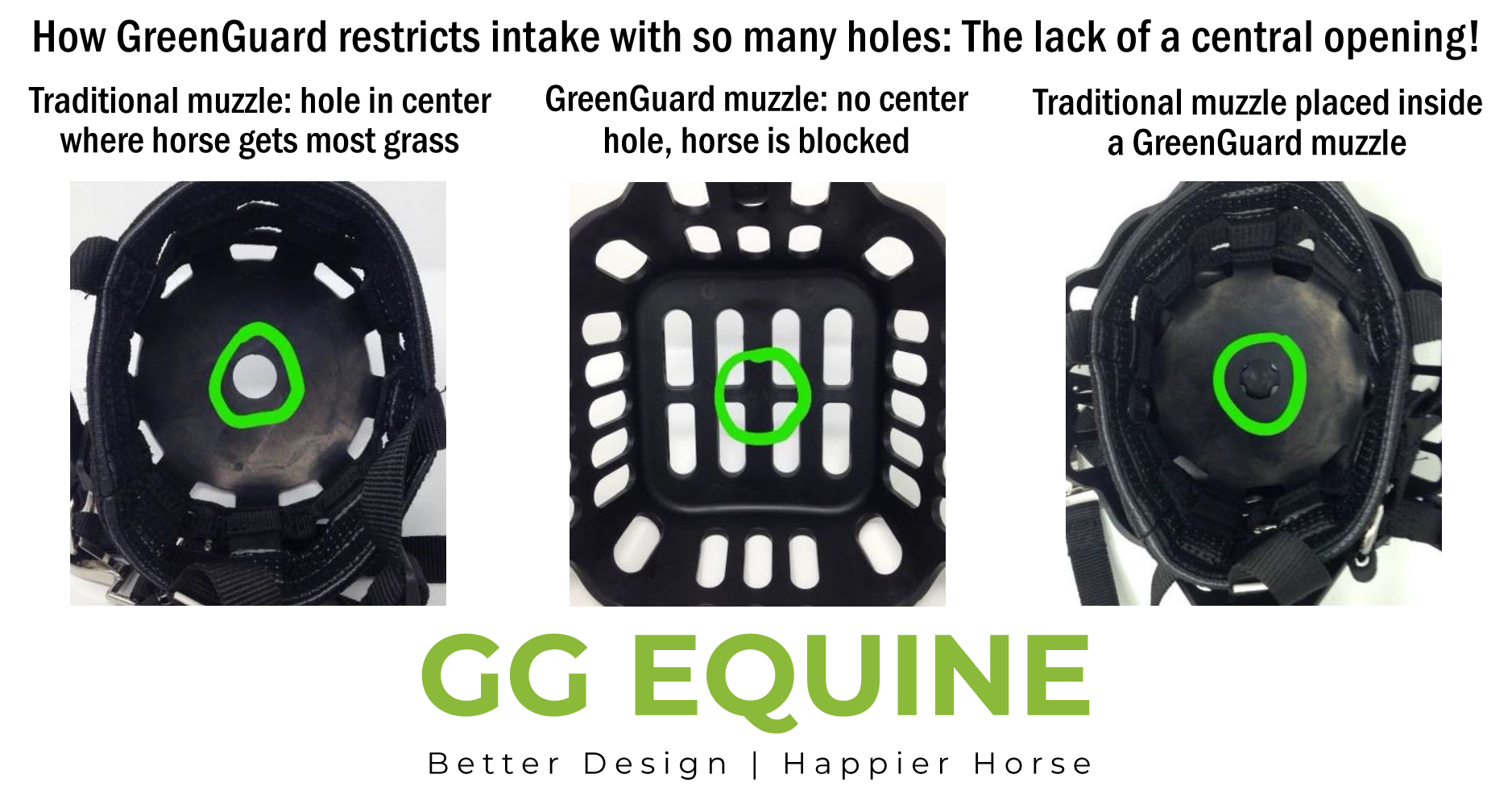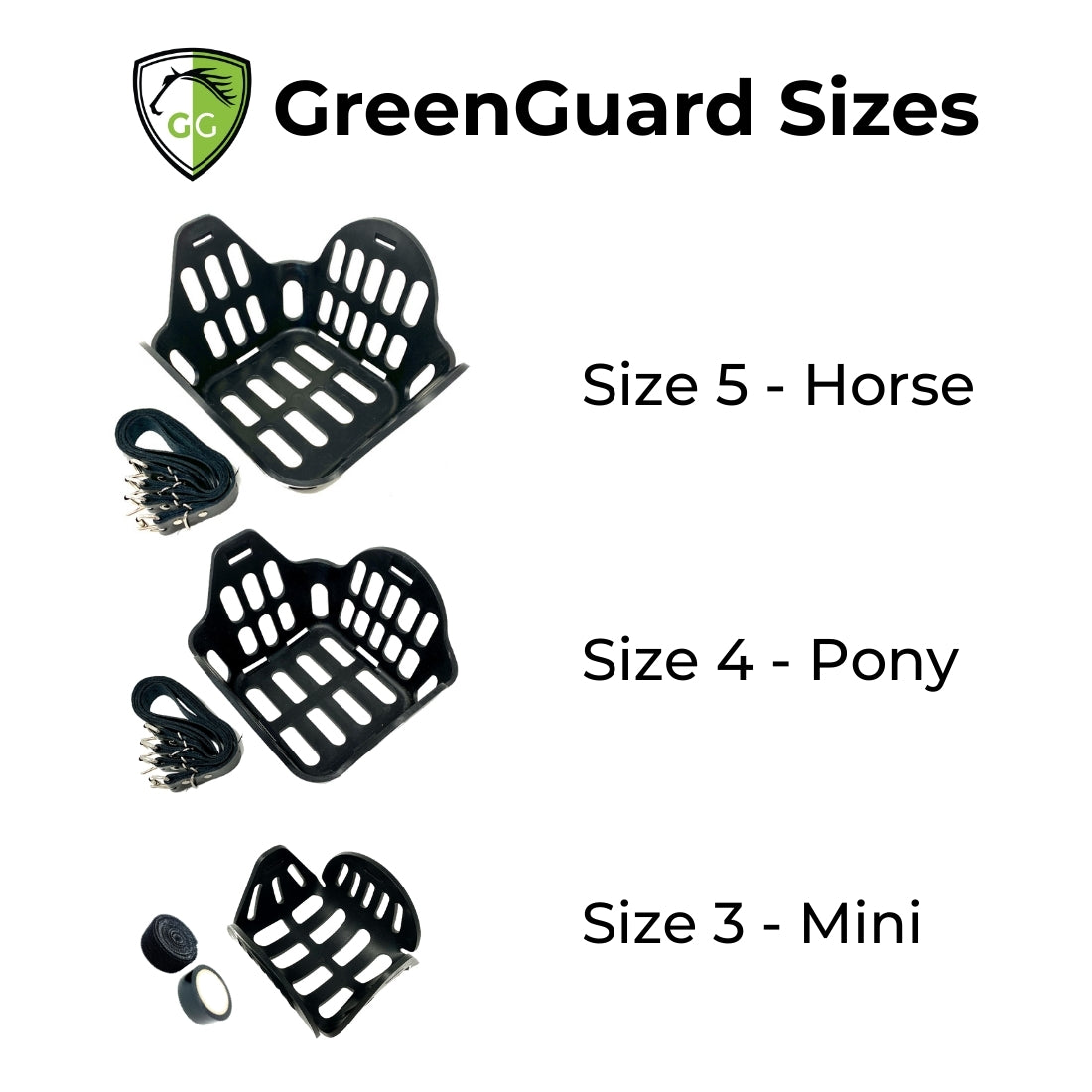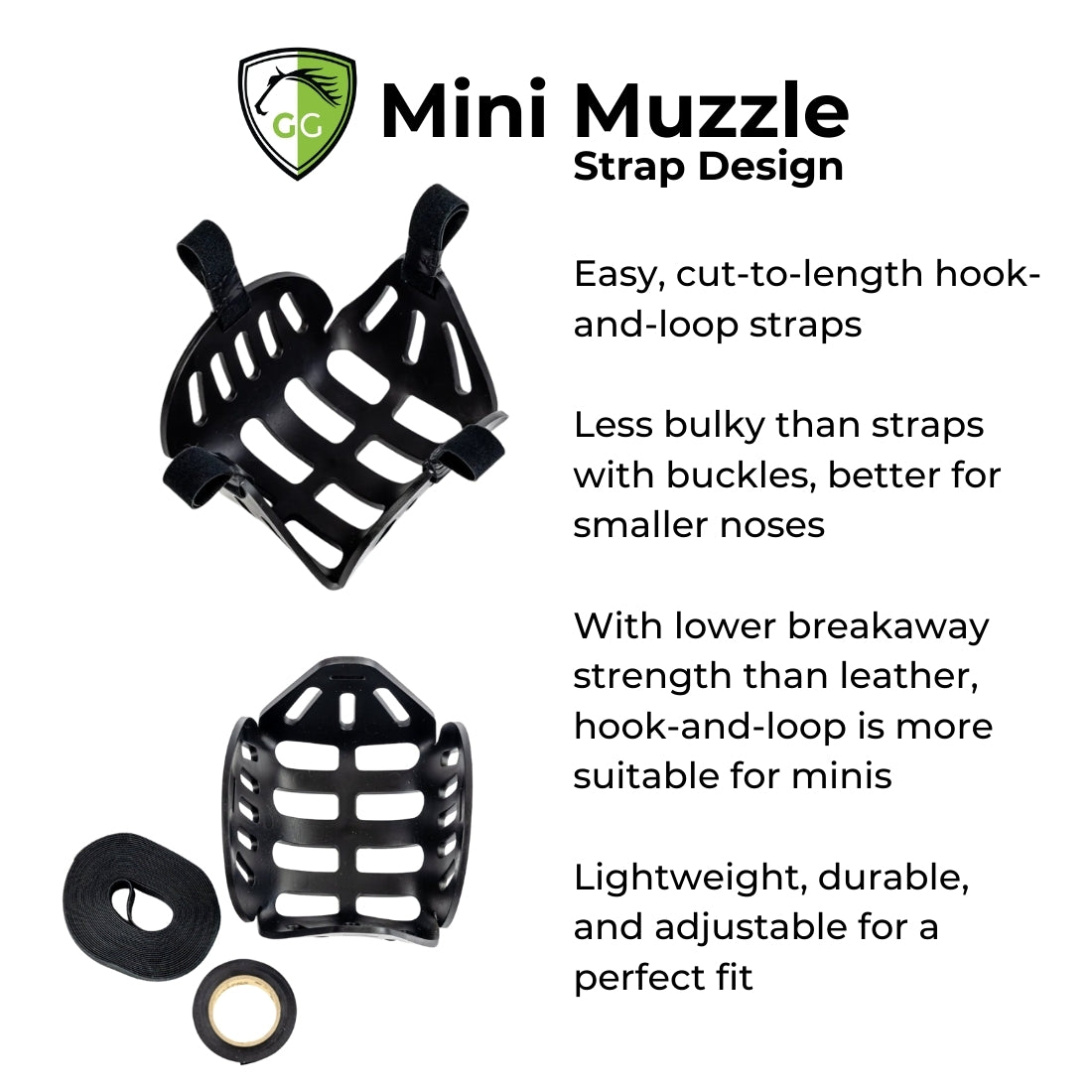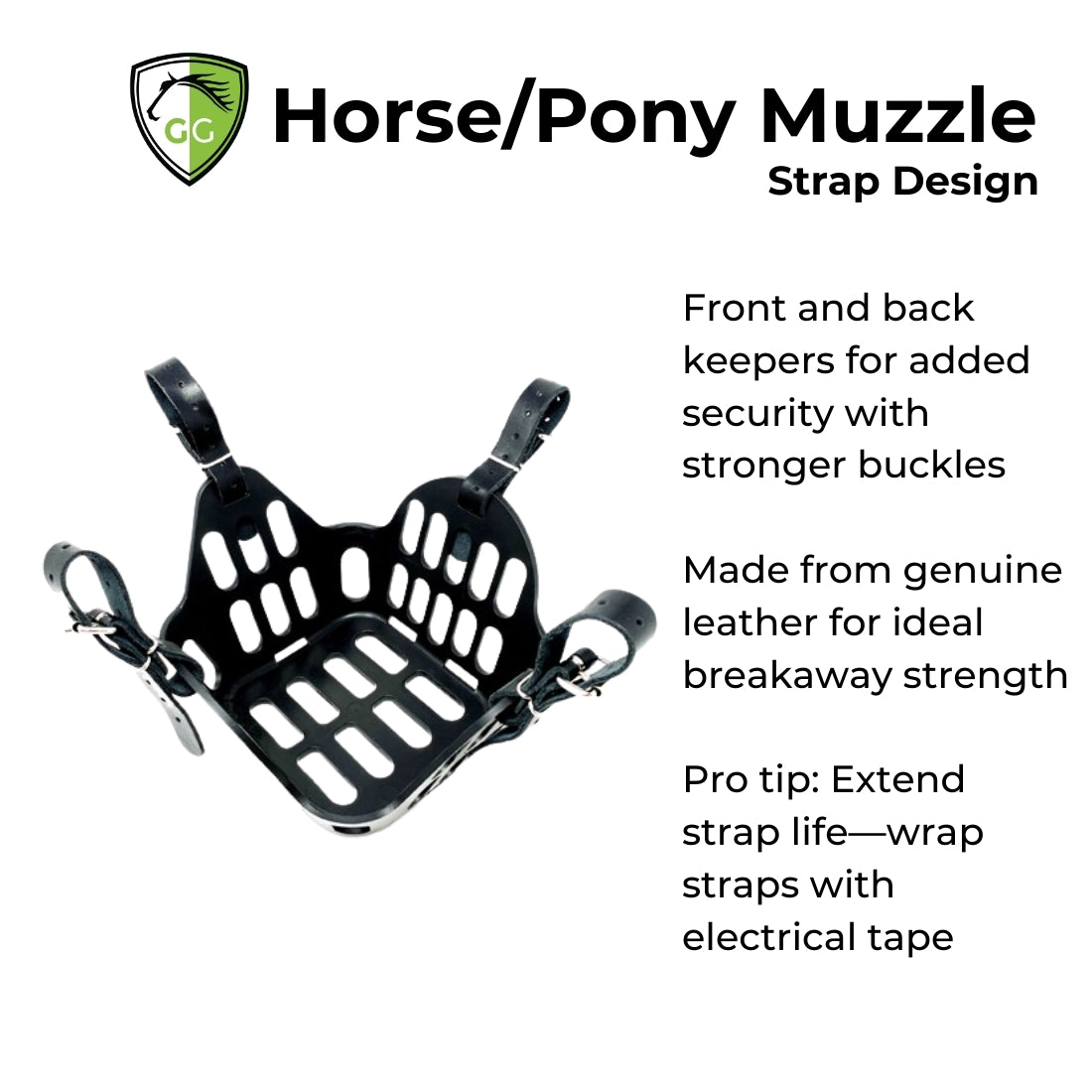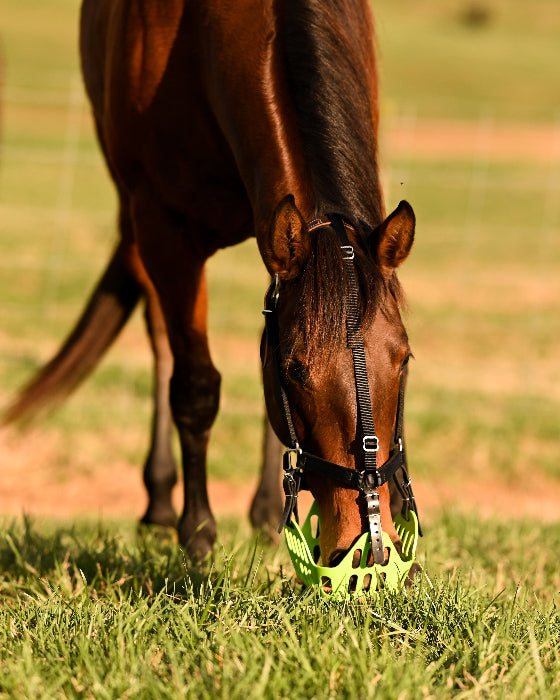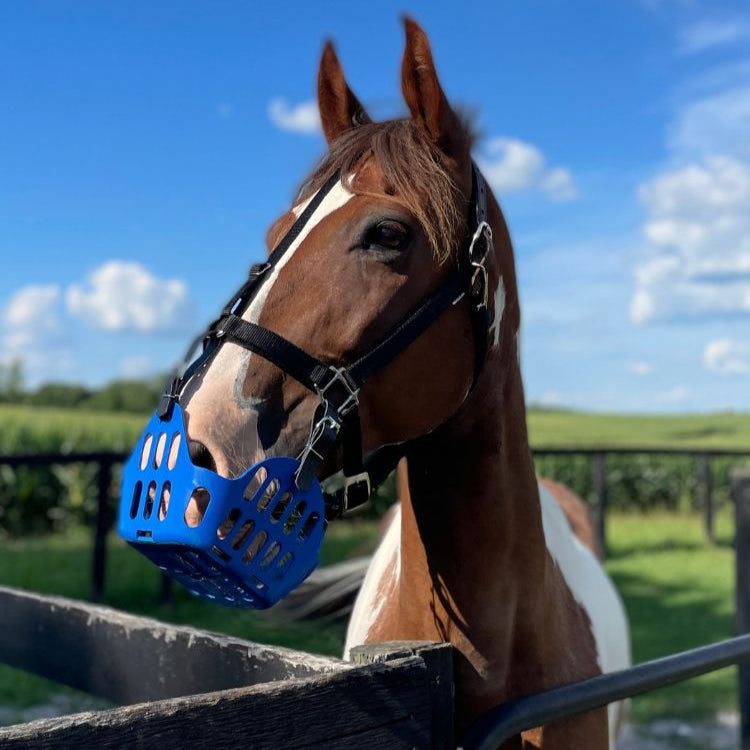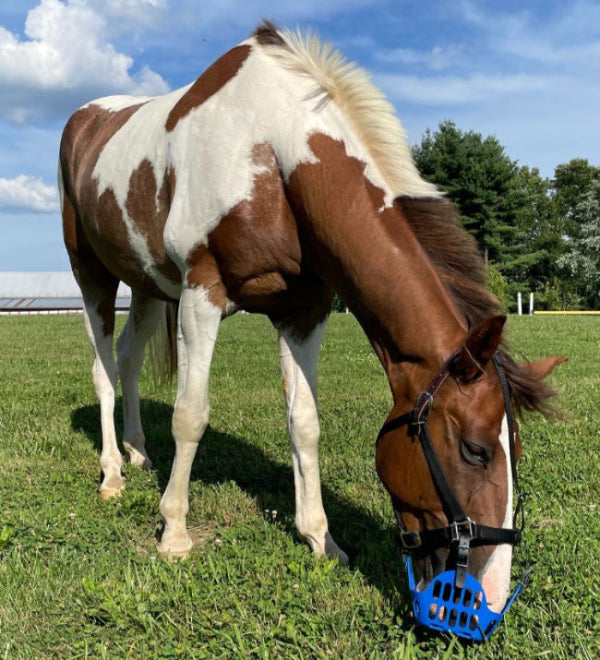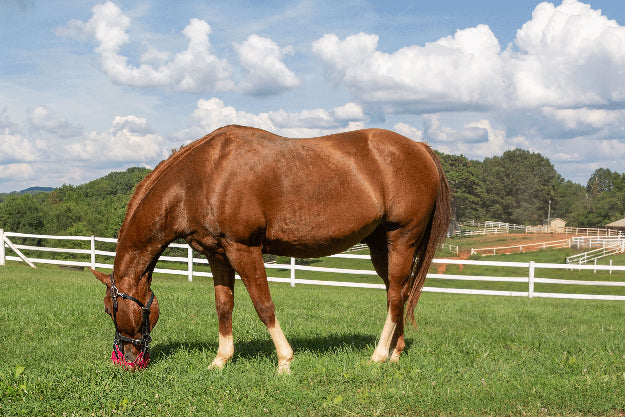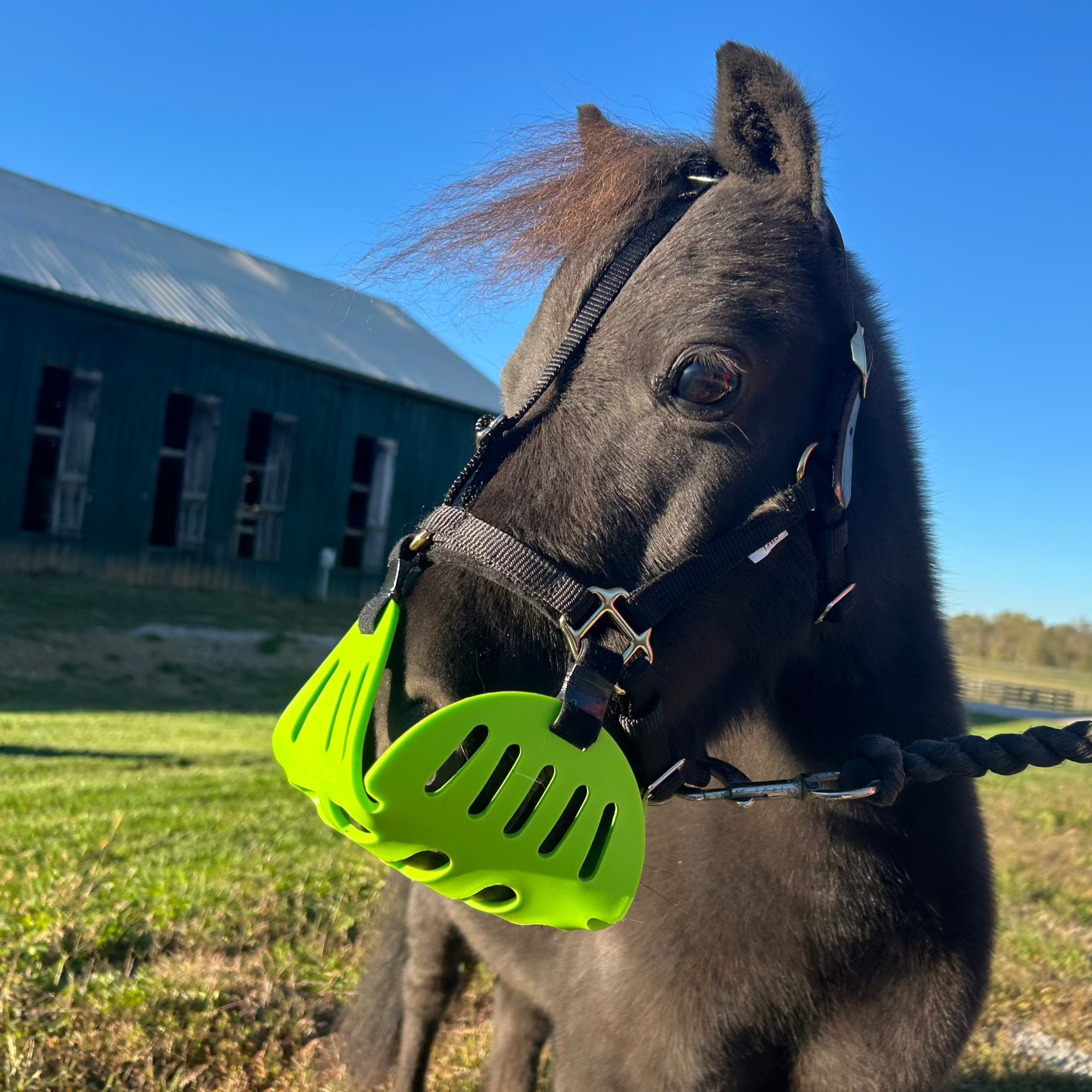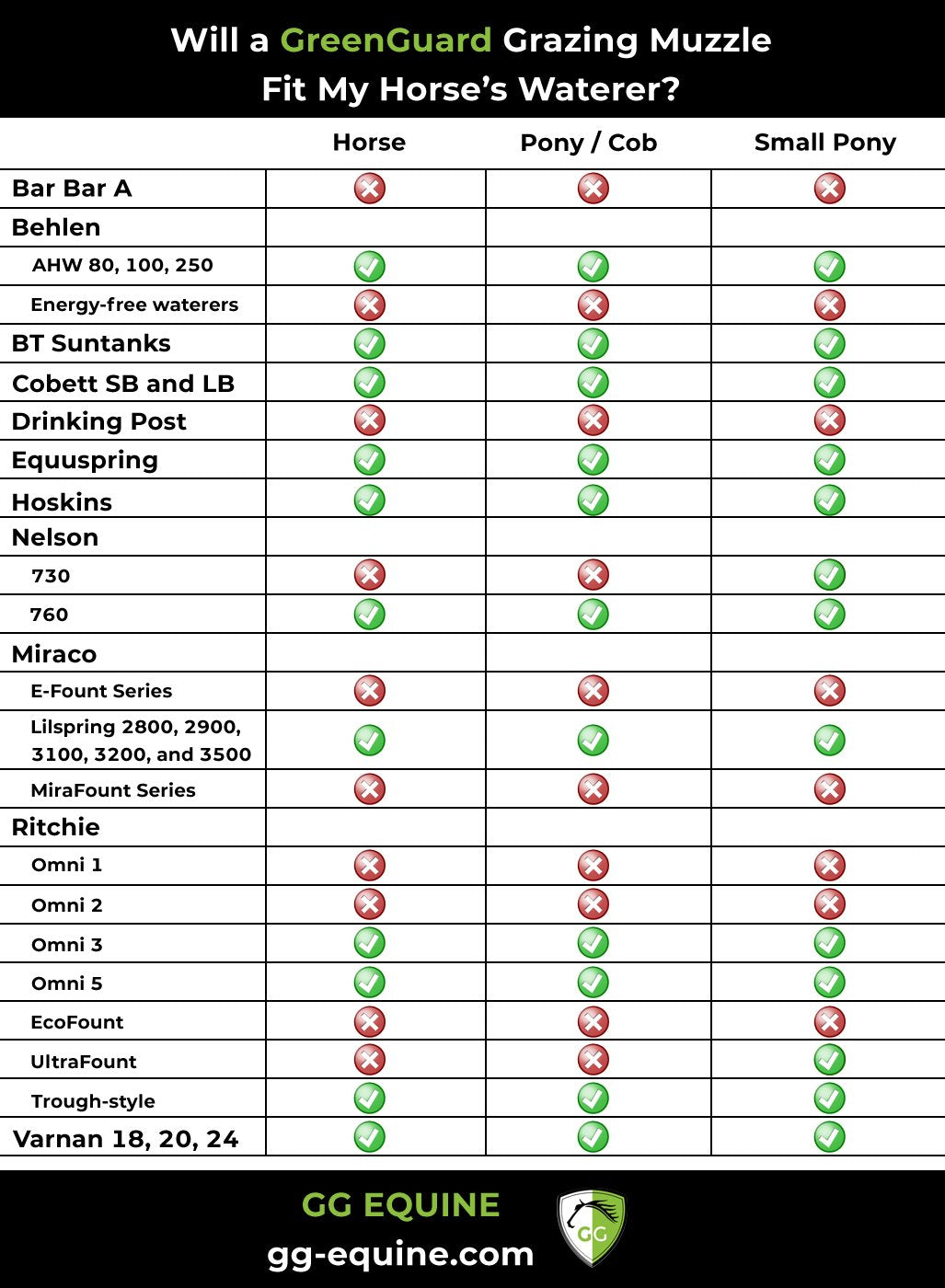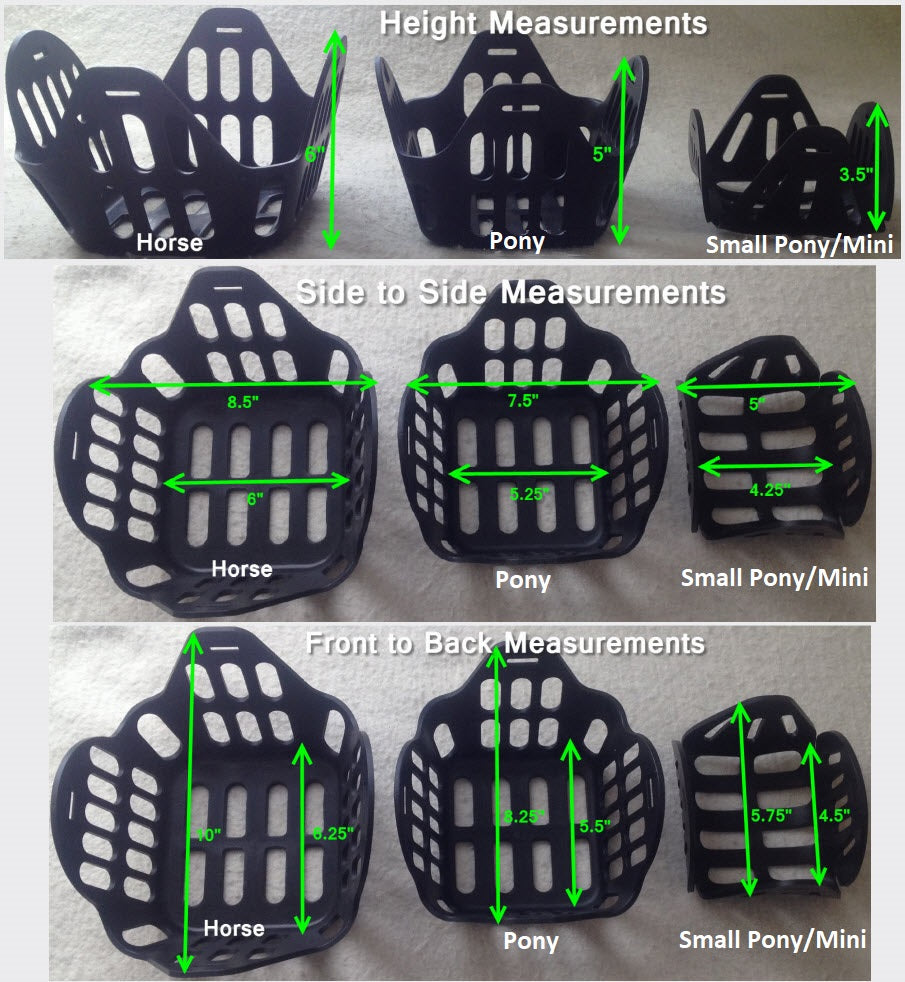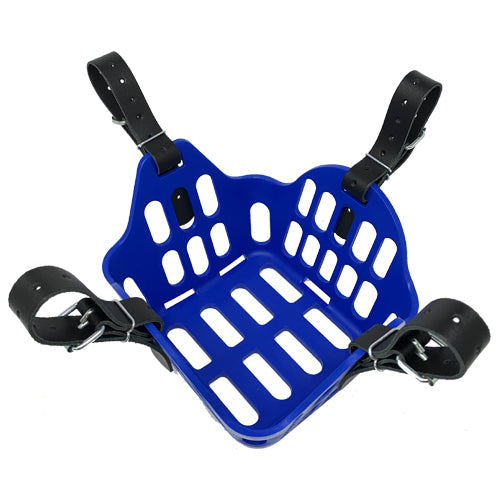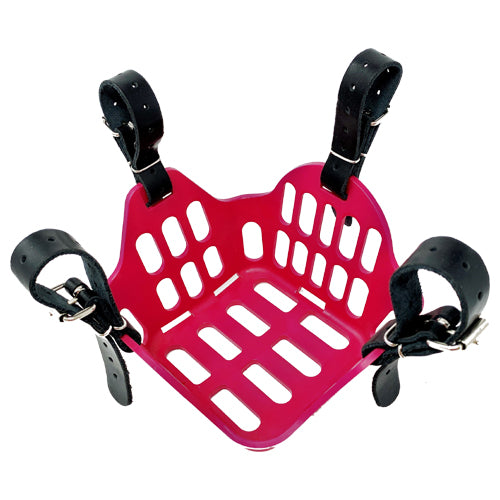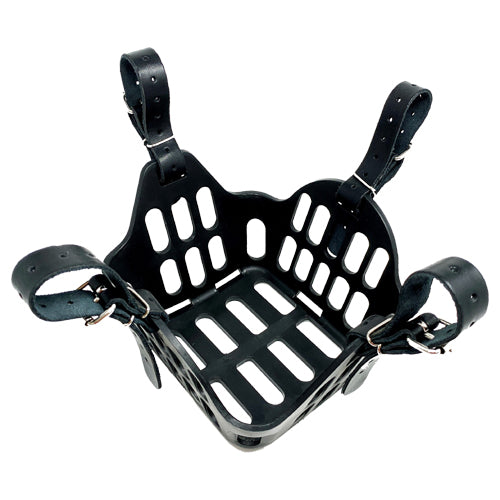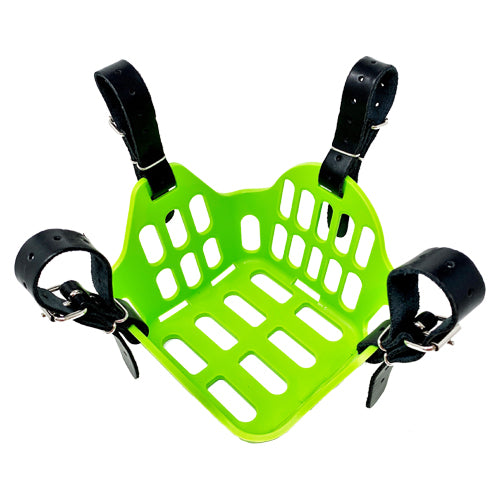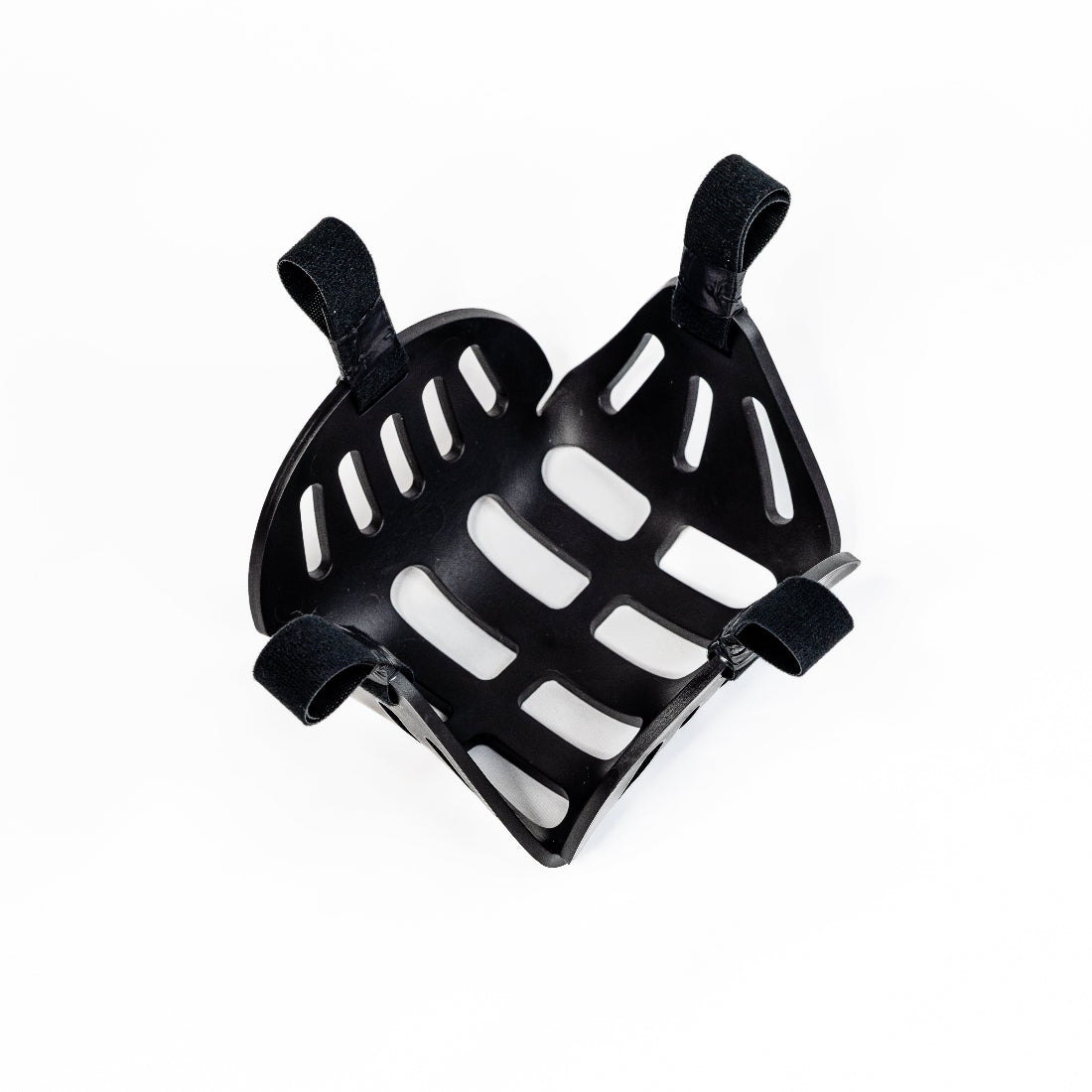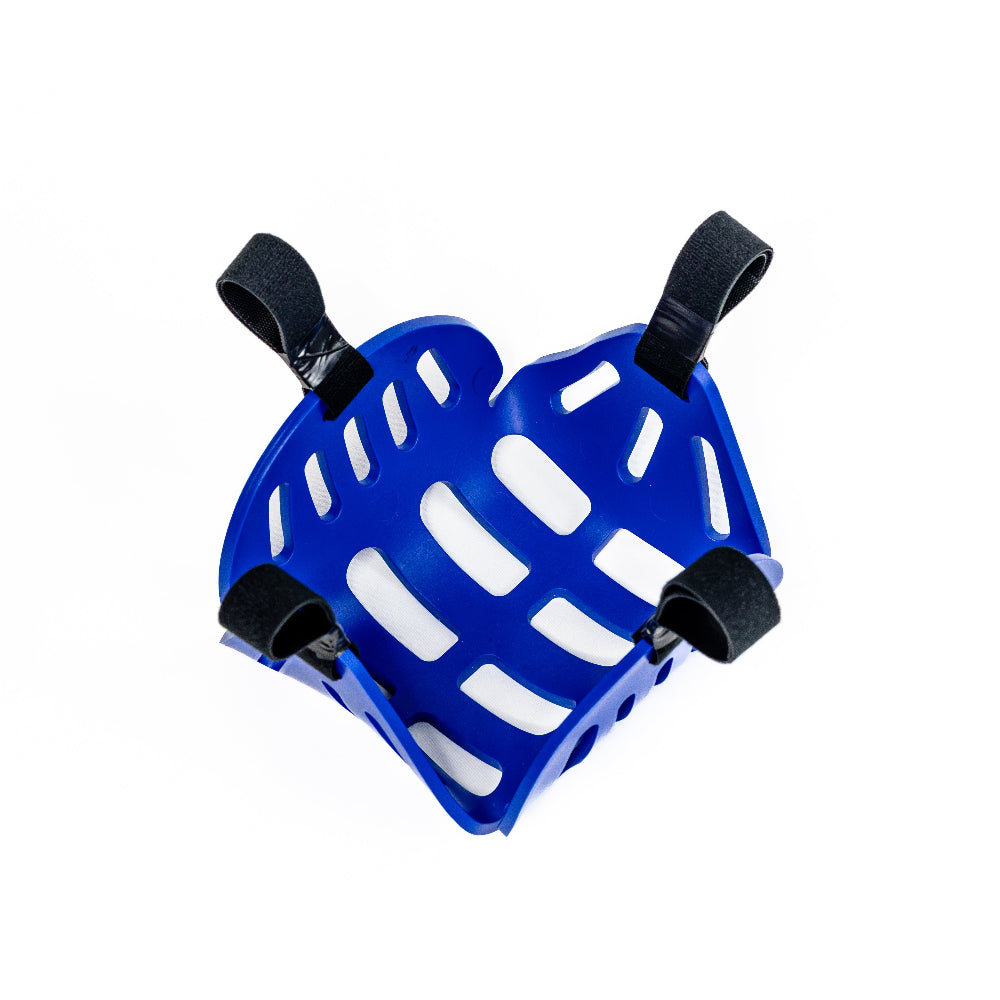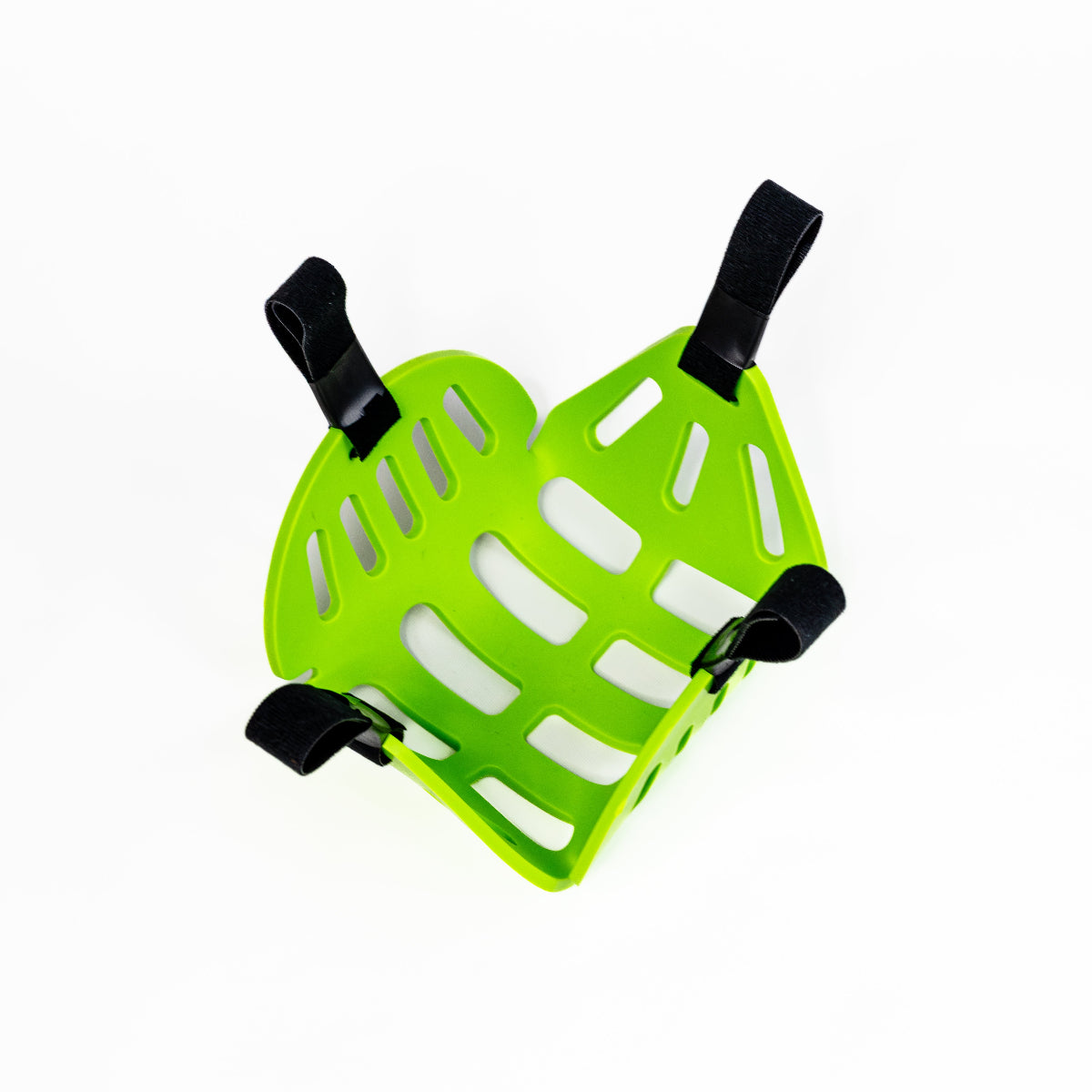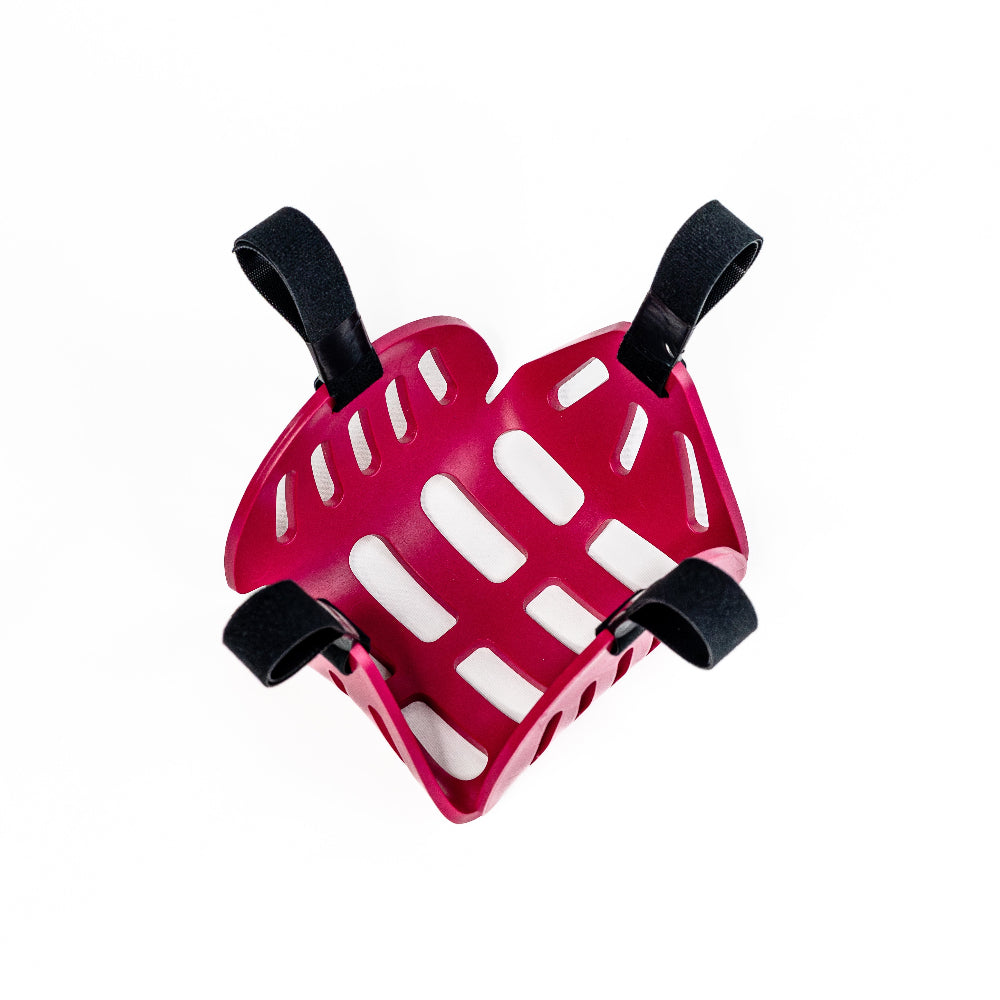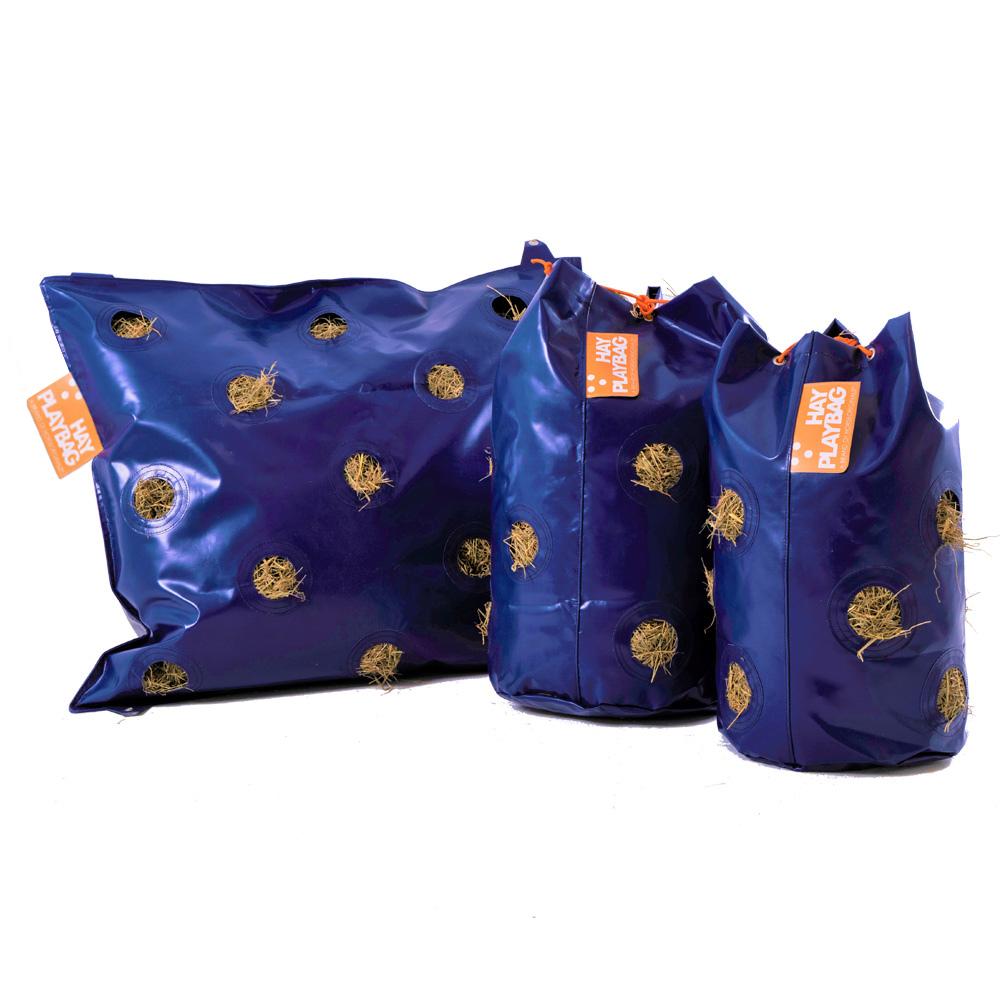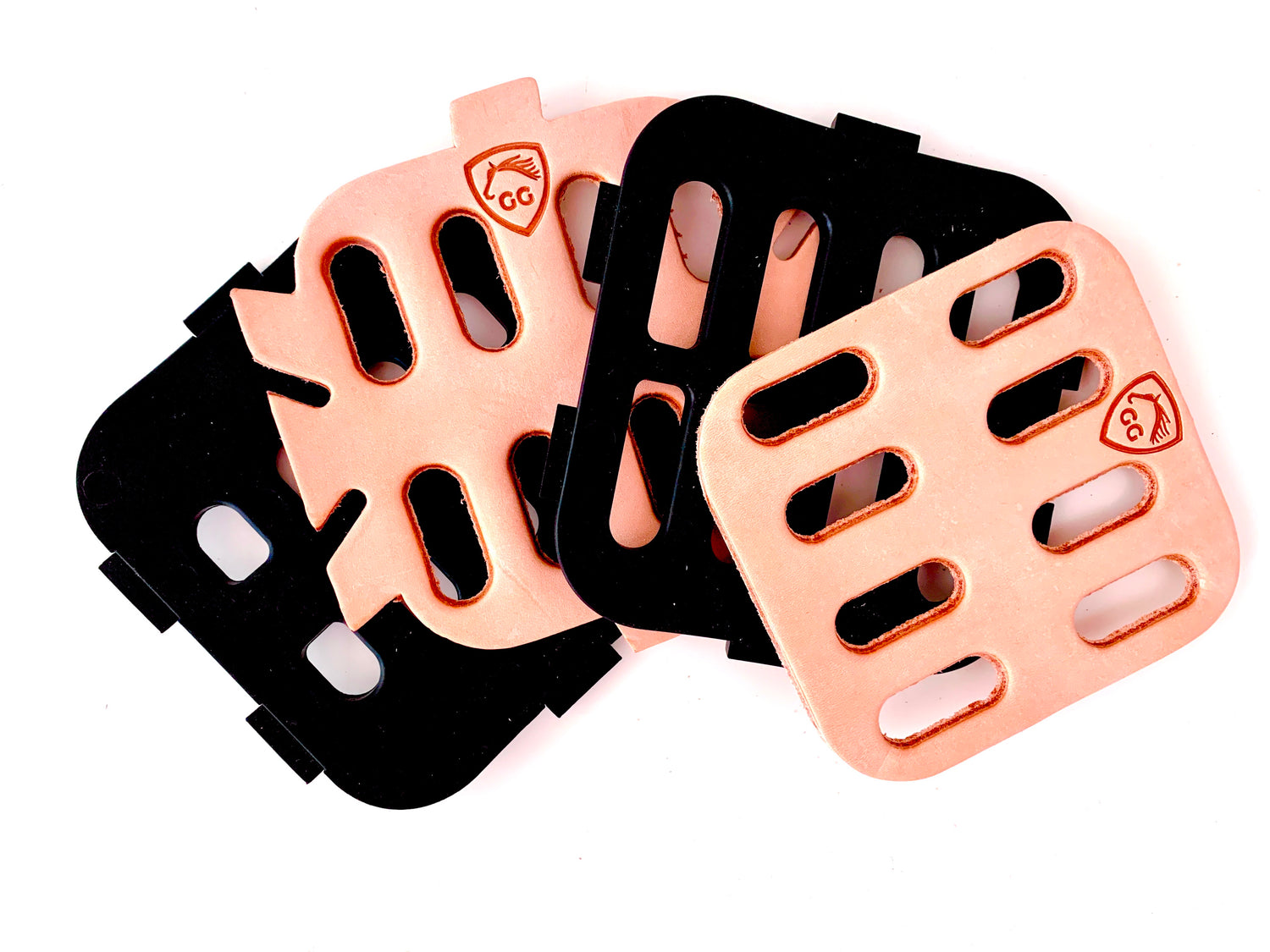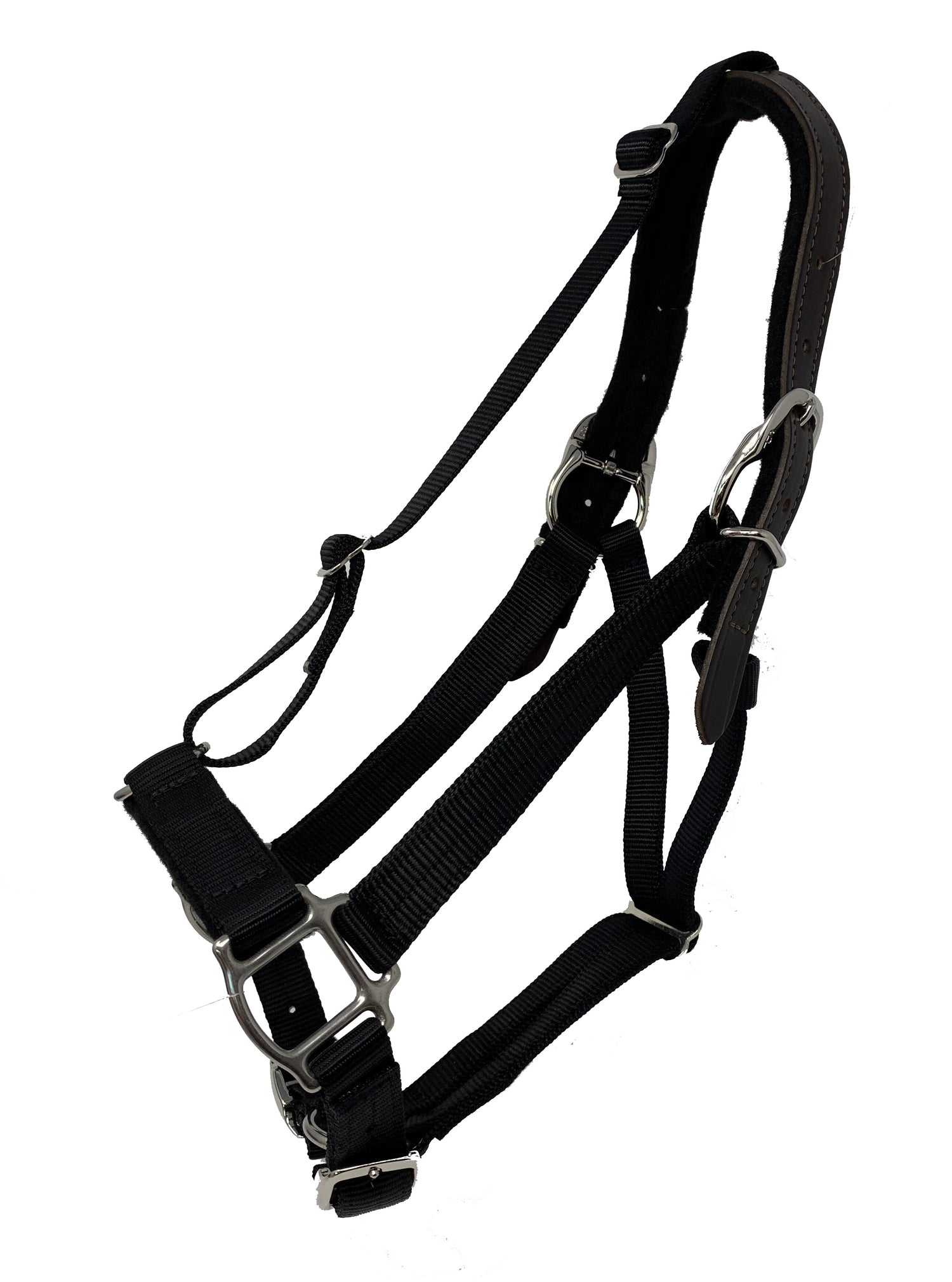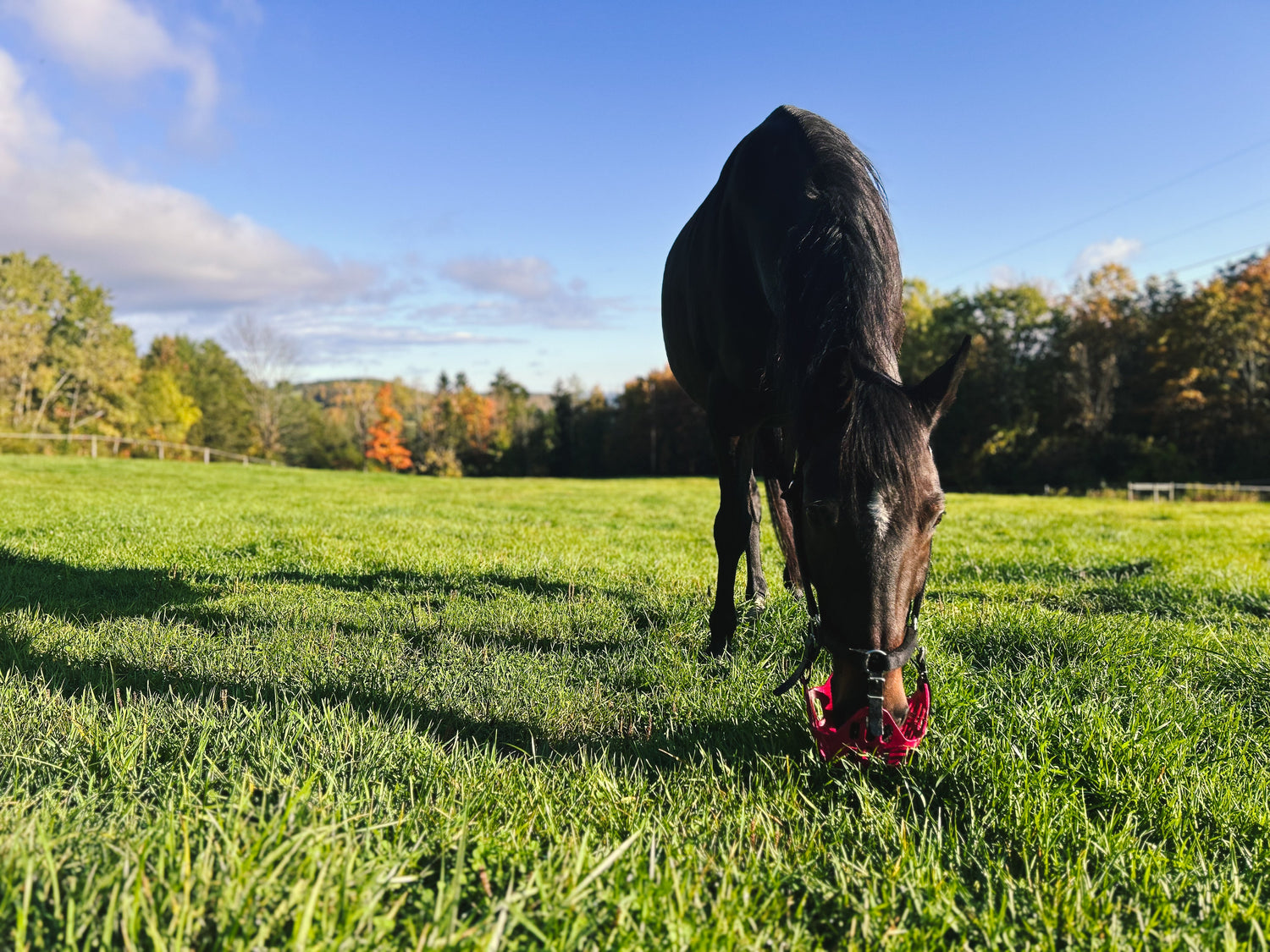Fall may look like a mellow time in the pasture. The grass is turning brown, frosts are silent, and you might think the risk of sugar overload is over. But that’s precisely when you need to stay alert.

What’s happening in the grass?
-
Even when grass looks dead or dormant after frost, internal sugar levels (non-structural carbohydrates or NSCs) can remain very high in the base of the plant. One study found dried-looking pasture still had elevated sugar concentrations.
-
Why? When nights get cold (especially when temperatures are around or below freezing), grass slows its growth. But if you then get sunny days, the plant keeps doing photosynthesis, producing sugars, but isn’t using them for growth, so sugars accumulate.
-
Stress on the plant (cold nights, drought, frost) causes the grass to store more carbohydrates in its roots or basal stems to survive the season. That’s good for the plant but risky for your horse, especially if they are metabolic or laminitis-prone.
Why this matters for your horse
-
Horses with insulin resistance, EMS, or a history of laminitis are especially vulnerable to sugar surges from pasture.
-
When a sensitive horse eats grass high in NSCs, their blood sugar and insulin responses can spike, triggering laminar inflammation in the hoof, one of the key pathways to laminitis.
-
Fall and early winter may feel “safe” because the grass seems dead, but that’s deceptive. Some grasses still hold live tissue or sugars even under snow or frost. One study noted that horses became sore while grazing a pasture that appeared dormant.

Smart Grazing Moves for Fall
Here are steps you can take now to protect your horse during these “hidden risk” months:
-
When in doubt, restrict pasture time. If you’ve had freezing or near-freezing nights followed by sunny days, assume the grass may be higher in sugar. Give your horse hay or turnout in a dry lot instead.
-
Use a grazing muzzle. For horses still turned out when pasture conditions aren’t ideal, a well-fitting muzzle can reduce intake while preserving turnout and movement.
-
Slow-feed their forage. Use solutions like slow-feed hay bags in the barn or paddock so that when pasture is off-limits, your horse isn’t bored or over-consuming hay, keeping intake controlled.
-
Feed good-quality hay. When pasture time is limited, ensure the hay is appropriate (ideally low NSC when needed) and accessible so the horse isn’t forced to “make up” for lack of grazing in dangerous ways.
-
Choose turnout timing wisely. The safest windows for grazing tend to be early in the morning after cool nights, before the sun really hits the pasture and sugars mobilize. Avoid peak daytime or frosty morning grazing without caution.
-
Monitor weight, condition, and feet. Frequent checks of your horse’s body condition, neck crest, and hoof health can give early warning signs of trouble.
-
Don’t assume brown = safe. Just because the grass looks dead doesn’t mean it's low risk. Unless snow or heavy rain has leached the sugars, the plant's base may still hold stored carbs.
How does your GG Equine gear support this
-
Our GreenGuard Grazing Muzzles let your horse access turnout and movement without unrestricted grazing — ideal for those in seasonal transition or metabolic risk scenarios.
-
The HayPlay Bag gives your horse a slow-feed option when pasture is restricted, keeping their natural foraging instinct alive and reducing the risk of boredom or forage over-consumption.
-
Bundling these tools means you aren’t just “restricting” grazing — you’re managing it intelligently, with freedom, comfort, and wellness built in.

Fall Action Plan for You
-
Check overnight lows and daytime warmth: if nights are near freezing and days are bright, be cautious.
-
Map out pasture access: designate safe zones, dry lots, or hay feeding areas.
-
Prep your forage gear: Have your grazing muzzles and slow-feed bags ready before conditions change.
-
Communicate with your farrier or vet: If your horse is metabolic or laminitis-prone, discuss seasonal strategies in advance.

Bottom line: Fall may look calm in the pasture — but inside those blades of “dead” grass, sugars may still be lurking. With the right tools and timing, you can turn what looks like downtime into a period of proactive care. Your horse will thank you for the smart grazing game.
___________________________________
Sources
Information compiled from SaferGrass.org, Oregon State University Extension, the North Coast Resource Conservation & Development Council, The Horse magazine, and the article “Is Dead Grass Safe for Horses?”
SaferGrass.org – Forage & Pasture Management for Laminitis Prevention
https://www.safergrass.org/s/foragepasturemanagementlaminitis.pdf
North Coast Resource Conservation & Development Council (NCRCD) – Transitioning Horses from Feed to Grass
https://www.ncrcd.org/files/5c4fbbb2c/Horses_-_Transitioning_from_Feed_to_Grass.pdf
Oregon State University Extension Service – Horse Owner’s Guide to Pasture-Associated Laminitis (EM 9354)
https://extension.oregonstate.edu/catalog/em-9354-horse-owners-guide-pasture-associated-laminitis
Article: “Is Dead Grass Safe for Horses?” (original reference provided by user)
https://static1.squarespace.com/static/5e7fddf934de306c2b8cc313/t/5e7ff6fb854e1012beee63a5/1585444606459/dead+grass+safe.pdf
The Horse Magazine – Articles on Fall Pasture, Sugar Levels, and Grazing Muzzle Use
→ https://thehorse.com
Disclaimer
This content is provided for educational purposes only and is not intended to replace professional veterinary advice. Always consult your veterinarian or equine health professional for guidance specific to your horse.


